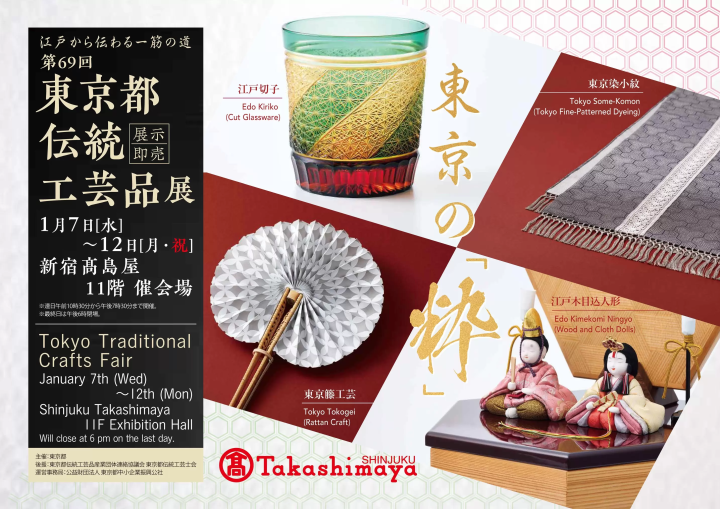Tokyo Travel Guide 2025: Things to Do, Dining, Hotels, and Day Trips

Tokyo offers you endless options for amusement, sightseeing, and learning. This guide features 35 of the best things to do in Tokyo and useful tips on hotels, restaurants, weather, and day trips.
Explore Tokyo
Tokyo is the political and economic center of Japan and one of the largest cities in the world, with the greater Tokyo area’s population totaling around 38 million inhabitants.
In this article, we introduce some of the best things to do in Tokyo, from visiting landmarks such as Tokyo Skytree and Tokyo Tower to enjoying breathtaking city views in Shibuya or historic and cultural sites such as Sensoji Temple.
Practical travel tips such as information on restaurants and hotels, the local seasonal weather and what to wear, and recommended day trip destinations near Tokyo are also included.
Top 35 Things to Do in Tokyo
2. Asakusa and Sensoji Temple
3. Asakusa Yokocho
4. Shibuya Scramble Crossing
5. Shibuya Sky
6. Meiji Jingu Shrine in Harajuku
7. Takeshita Street in Harajuku
8. Shibuya PARCO
9. Dogenzaka-dori in Shibuya
10. Kabukiza Theater in Ginza
11. The Imperial Palace East Gardens
12. Ueno Park
13. Tokyo National Museum
14. Ueno and Ameyoko
15. Edo-Tokyo Museum
16. Ryogoku Kokugikan Sumo Hall
17. Roppongi Hills
18. Tokyo Tower
19. Hamarikyu Gardens
20. Tokyo Metropolitan Government Building Observatory
21. teamLab borderless
22. Rikugien Garden
23. Shinjuku: Tokyu Kabukicho Tower
24. Kanda Shrine
25. Koishikawa Korakuen Garden
26. Tokyo Station: Tokyo Character Street
27. Art Aquarium Museum GINZA
28. Odaiba Marine Park
29. Rainbow Bridge
30. TeamLab's Planets
31. Warner Bros. Studio Tour Tokyo- The Making of Harry Potter
32. Mitaka no Mori Ghibli Museum
33. Tomonaga Akimitsu Museum
34. Sanrio Puroland
35. Tokyo Disney Resort
Tokyo Area Guide
- Asakusa and Tokyo Skytree Area
- Ueno and Akihabara
- Ginza, Marunouchi, and Tsukiji
- Roppongi
- Odaiba
- Shibuya, Harajuku, Ebisu, and Omotesando
- Shinjuku and Ikebukuro
Tokyo Travel Tips
Weather in Tokyo and What to Wear
How to Reach Tokyo from the Airport
Transportation Within Tokyo
Hotels in Tokyo
Tokyo Restaurants
10 Day Trip Destinations from Tokyo
Shopping and Tokyo Souvenirs
1. Tokyo Skytree
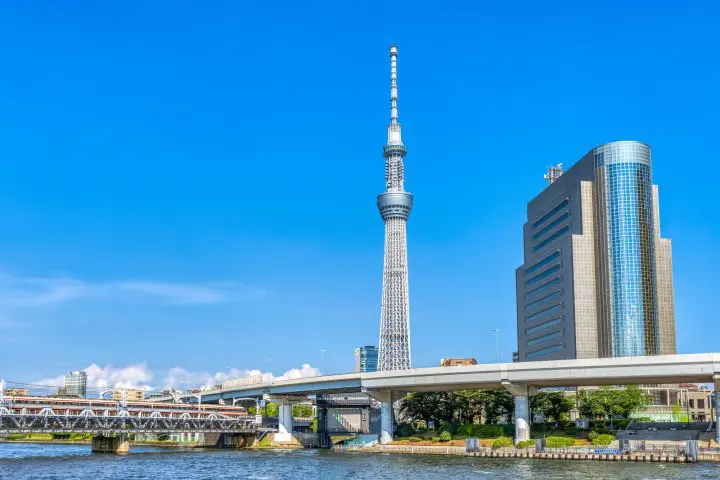
Photo by Pixta
Tokyo Skytree, Tokyo’s iconic modern tower, is the tallest tower structure in Japan and is famous for its observatories that offer splendid panoramic views of the Tokyo cityscape.
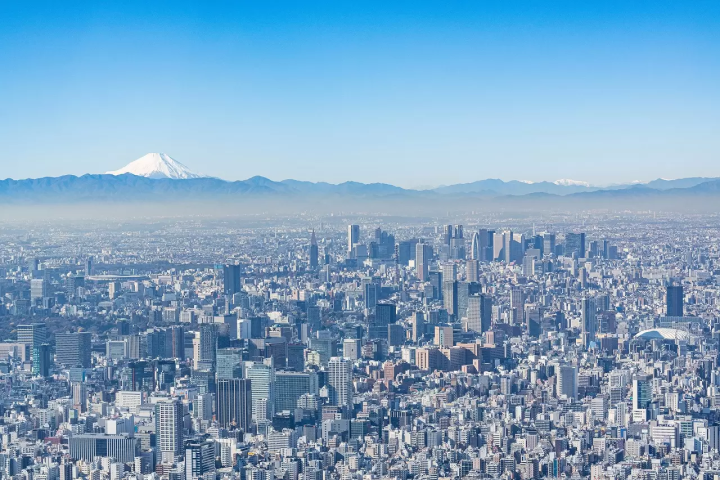
Photo by Pixta
Climb to the Tembo Deck located 350 meters above ground to enjoy a full view of the city from every direction. If you'd like to see the city from even higher up, head up to the Tembo Galleria (450 meters above ground). From this observation deck, it'll really feel as if you were walking through the clouds.
At the base of the tower, you'll find Tokyo Skytree Town, a shopping and amusement complex. It includes the Konica Minolta TENKU Planetarium, the famous Sumida Aquarium, and over 300 restaurants and shops to explore to your heart’s content. It's a lot of fun just to walk around here and window shop, but you may need to plan for multiple days to be able to enjoy everything there is to offer!
Book your TOKYO SKYTREE® Ticket
Hotels near Tokyo Sky Tree
↑ Return to the top of article.
2. Asakusa and Sensoji Temple
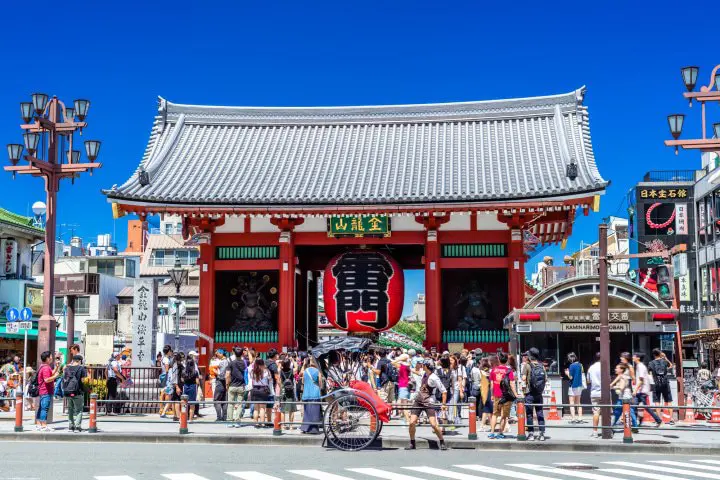
Photo by Pixta
If you're looking to enjoy exploring the traditional side of Japan and the friendly atmosphere with the locals, Asakusa is our number one recommendation.
Sensoji Temple, one of the oldest Buddhist temples in Tokyo, is the most iconic place to visit in Asakusa. Throughout the centuries, the Asakusa area flourished thanks to Sensoji Temple. On arrival, you will immediately notice the massive crimson paper lantern hanging within Kaminarimon the main gate to Sensoji Temple. No matter what time of the day you visit, there will be people taking photos of this impressive historical landmark.
Strolling through Nakamisedori-the road leading to the temple itself you will find this street is full of charming little souvenir shops selling various items. These small shops offer traditional handicrafts, unique clothing items, and many other fascinating items that you won’t be able to find or purchase anywhere else. Keep an eye out, and you might find something special!
Hotels near Sensoji Temple
Read also
↑ Return to the top of article.
3. Asakusa Yokocho: For Casual Dining
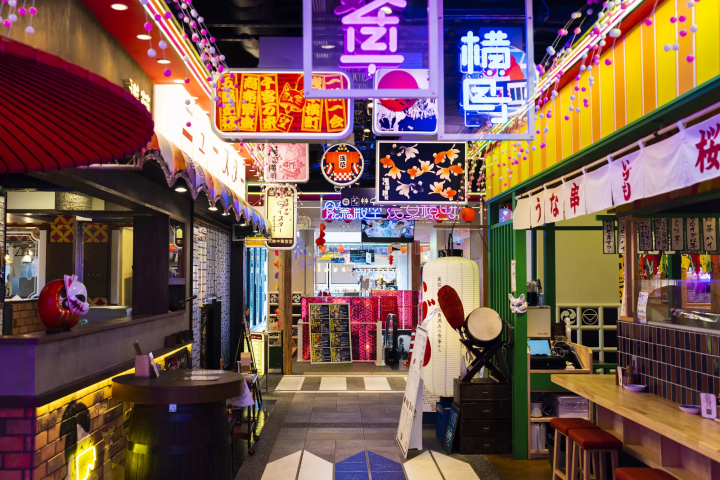
Photo by Pixta
Asakusa Yokocho is where you can enjoy Japan's festival culture through various entertainment bars and restaurants. Each of the spots has lively decorations while performers liven things up for the people who are enjoying a drink. All sorts of dancers from Yosakoi, Awaodori, and Bon Odori dancers join in on the performances creating a festival-like atmosphere.
To really experience the atmosphere, try renting a kimono from Kimono Rental Wargo, and take some pictures to fit right in. The same building houses souvenir shops and restaurants like Marutogo Nippon, Uniqlo, and Sushiro.
↑ Return to the top of article.
4. Shibuya Scramble Crossing
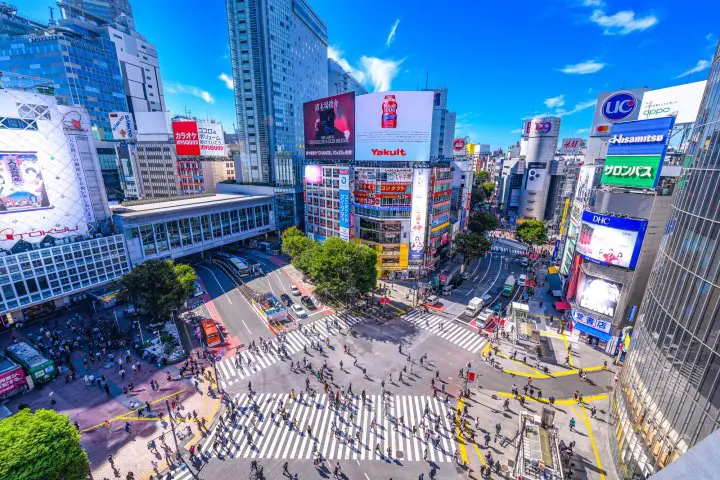
Photo by Pixta
The Shibuya Scramble Crossing has no doubt become one of the most famous intersections in the world! At any given time when the crosswalk light turns green, roughly three thousand people make their way back and forth across this crossing in all their own directions, hence the name Scramble Crossing.
If you would like to take your time and observe this crossing for yourself, then we recommend visiting one of the surrounding cafes or restaurants overlooking it for a unique view of this busy intersection.
The Shibuya Scramble Crossing is right in front of Shibuya Station's Hachiko Exit.
↑ Return to the top of article.
5. Shibuya Sky: For Panoramic Views of Tokyo
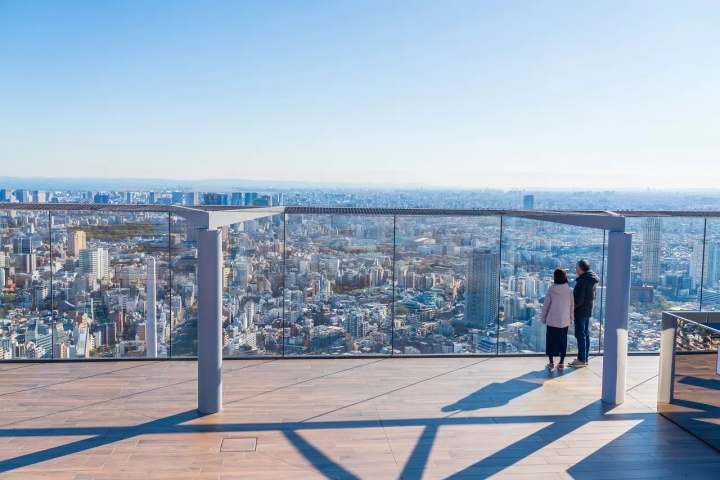
Photo by Pixta
SHIBUYA SKY, located 229 meters above ground, is an observatory on the rooftop of SHIBUYA SCRAMBLE SQUARE, a commercial and entertainment complex in Shibuya.
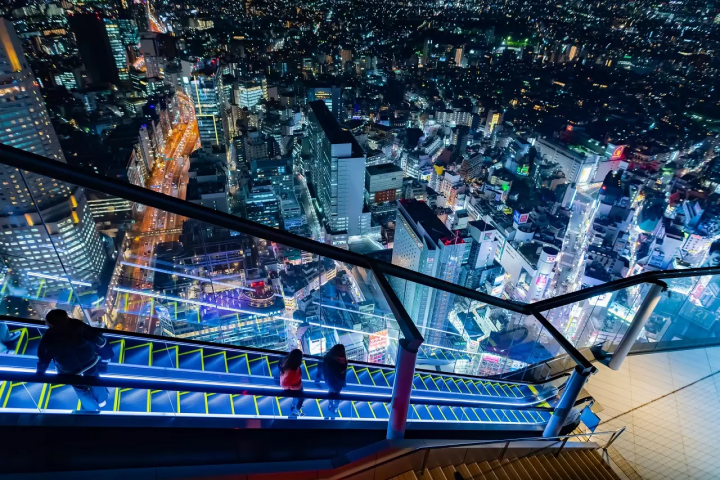
Photo by Pixta
This observatory offers panoramic views of Tokyo and digital art inspired by Shibuya's dynamism. The exhibits are interactive and stimulate one's curiosity and imagination. Shibuya Scramble Crossing is also visible from here.
Come by during the day to see the brightly lit city, or visit in the evening to gaze at the city lights encompassing the horizon!
Book you SHIBUYA SKY Observation Deck Ticket on Klook
Hotels near SHIBUYA SKY
↑ Return to the top of article.
6. Meiji Jingu Shrine in Harajuku
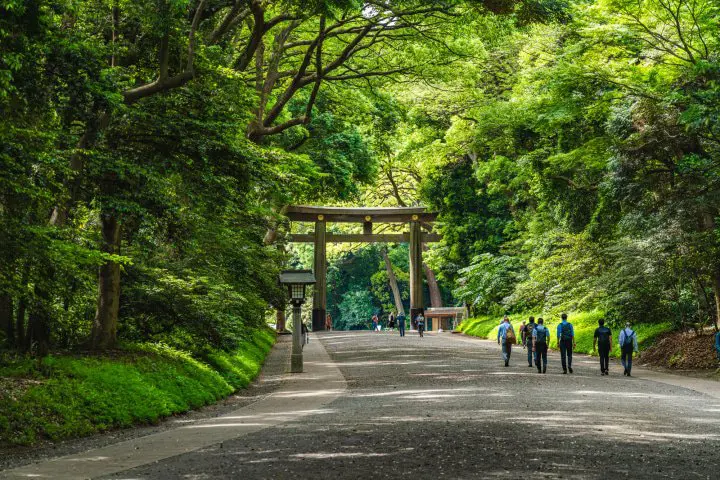
Photo by Pixta
Located in the middle of the busy city, Meiji Jingu Shrine is a great and famous shrine deeply connected to Japan's Imperial Family. The historical shrine sits near the contrasting eternally youthful and energetic Harajuku area of Tokyo.
One of the charms of this shrine is its great wooden torii gate, the largest wooden shrine gate in all of Japan. During New Year's, the sumo wrestler ceremony is a famous event held within the shrine precincts.
At Meiji Jingu Shrine, many of the locals come at every opportunity to pray for happiness and good fortune. The area around the shrine is surrounded by greenery and even boasts a famous iris garden. It is the ideal place to spend some peaceful time away from the city.
Hotels near Meiji Shrine
Read also
↑ Return to the top of article.
7. Takeshita Street in Harajuku
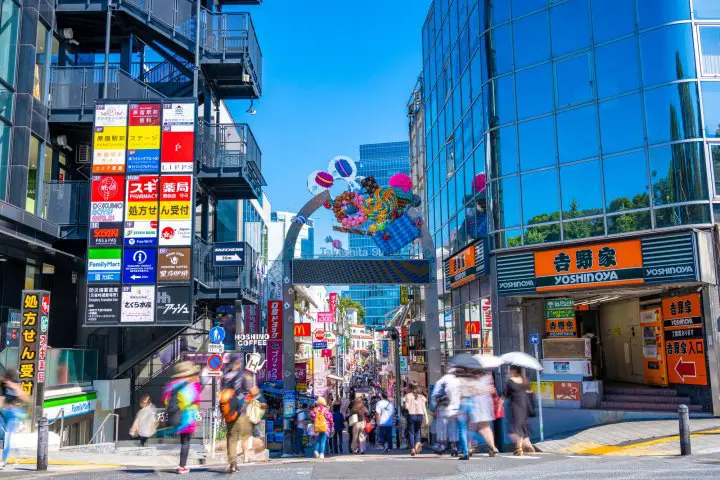
Photo by Pixta
Harajuku’s famous Takeshita Street, located directly in front of JR Harajuku Station, is the popular mecca of Japan’s alternative fashion. The 360-meter-long shopping street is a hotspot for the fashion-focused youth of Japan.
Touted as the place of origin for Japan's kawaii culture, Takeshita Street has an endless number of shops focused on fashion to miscellaneous goods. As a place where new cutting-edge styles begin to trend, you can find different brands and shoppers from all around the world gathered here as well.
There are plenty of restaurants on Takeshita Street that offer moderately priced meals and popular treats such as crepes that students can afford and enjoy as they walk about and window shop. Find the latest and cutest sweets here to eat and snap to share on social media!
↑ Return to the top of article.
8. Shibuya PARCO
Pop culture fans will definitely want to add Shibuya PARCO to their must-visit list! Shibuya PARCO is a shopping complex that comprises multiple floors of shops and entertainment facilities.
In terms of fashion, you can count on this Shibuya store to provide you with the latest trends in youth fashion. With more than one hundred shops to shop at, you’ll discover both the well-established brands and hot new names of the Japanese fashion scene.
Those looking for entertainment can check out the PARCO Museum Tokyo (4F) which hosts many exciting exhibitions of modern and contemporary art.
All anime and video game fans should NOT miss the sixth floor, the coolest floor featuring a wide selection of goods shops related to famous anime series and games! Some of the most popular stores include Nintendo TOKYO, Pokemon Center Shibuya, Token Ranbu Yorozuya Honpo, and JUMP SHOP.
Hotels near Shibuya PARCO
Read also
↑ Return to the top of article.
9. Dogenzaka-dori in Shibuya
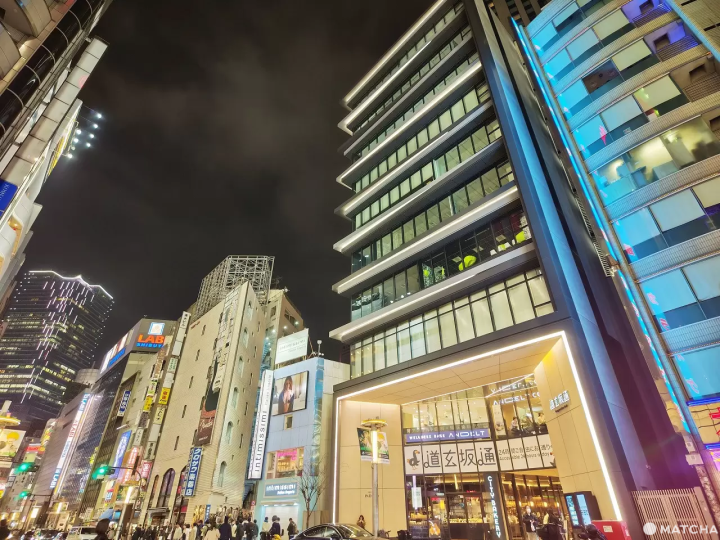
Consisting of two floors where you can browse and shop, Dogenzaka-dori in Shibuya houses several state-of-the-art facilities and the Hotel Indigo Tokyo Shibuya, a hotel that beams with the culture of the city. Whether you're looking to live in Shibuya, work in Shibuya, are visiting Shibuya, or just plain enjoying the vibes of Shibuya, this place has you covered.
Dogenzaka-dori has 12 different shops from Japan's first Lil Woody's shop and Tokyo's specialty coffee shop Sarutahiko Coffee to eashion fun SHIBUYA where you'll find delicious treats and smoothies or THE CITY BAKERY and the popular tapioca bubble tea specialty shop Gong Cha.
Hotel Indigo Tokyo
Location: Tokyo, Shibuya City, Dogenzaka, 2-25-12 Map
Read also
↑ Return to the top of article.
10. Kabukiza Theater in Ginza
Kabuki is one of Japan's traditional performing arts, boasting a 400-year history. While typically it may be difficult to find a kabuki performance to attend, the Kabukiza Theater is one of the places where it is possible to watch kabuki and learn more about this amazing stage art.
The Kabukiza Theater sells tickets from 1,000 yen for those who want to watch just one act of a kabuki performance (*A performance may last half a day or even a whole day). Even if you do not understand Japanese, the affordable showing allows you to get a glimpse of the fascinating world of kabuki. We suggest buying a synopsis of the play (around 1,300 yen) to get an understanding of the plot and the highlights of the performance.
Kabukiza also has a gallery that can be accessed, free of charge. Here, visitors can see various props and objects that are used in kabuki plays and even take photos of them!
Hotels near Kabukiza
↑ Return to the top of article.
11. The Imperial Palace East Gardens
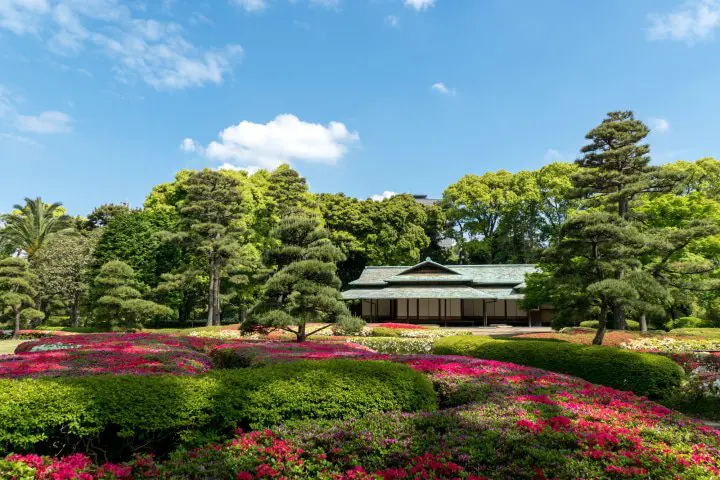
Photo by Pixta
Kokyo is the name used to refer to the Imperial Palace in Tokyo. Although many would think that a palace would be a place that is impossible to enter, if you undertake and follow the correct procedures, you can actually visit the Imperial Palace East Gardens.
Only a fixed number of people can visit each day, and the tickets are distributed on the day of the visit and are limited to a certain number of hours. So if you are adamant about visiting, then it is strongly recommended that you make your applications and arrangements in advance.
Even if you don’t visit the residence itself, taking a trip to the park and its surroundings it can be very satisfying. The 5 km long tree-lined path around the palace is very picturesque and is the most popular jogging course for residents of the area as well.
Hotels near Imperial Palace
Read also
↑ Return to the top of article.
12. Ueno Park
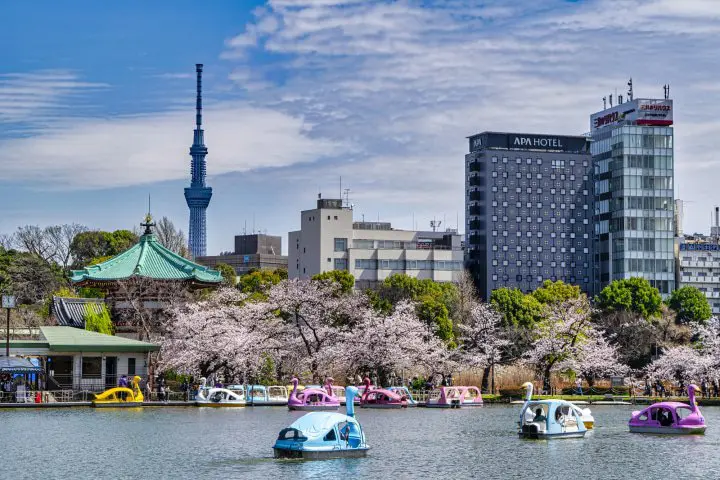
Photo by Pixta
Ueno Park is where you will find Ueno Zoo, the National Museum of Western Art, the Ueno Royal Museum, the Shitamachi Museum, and many other famous museums and art galleries to visit.
There are old temples and shrines in the park, including the beautiful Bentendo Hall, which can be viewed from across the Shinobazu Pond.
The sight of gorgeous cherry blossoms in the spring and lotus flowers in the summer invite thousands of visitors to the park each day.
Ueno Zoo is also located inside Ueno Park. Here, the first pandas that were successfully bred in Japan can be seen, along with many other beautiful and rare animals. The zoo itself is divided into sections- the east side of the zoo houses the Asian animal exhibit, while the west side is home to the animals of Africa and other continents.
Families with kids can enjoy a very popular petting zoo in the Children's Zoo, where you can see and pet sheep, horses, rabbits, and other domesticated animals up close.
Hotels near Tokyo Metropolitan Ueno Onshi Park
Read also
↑ Return to the top of article.
13. Tokyo National Museum
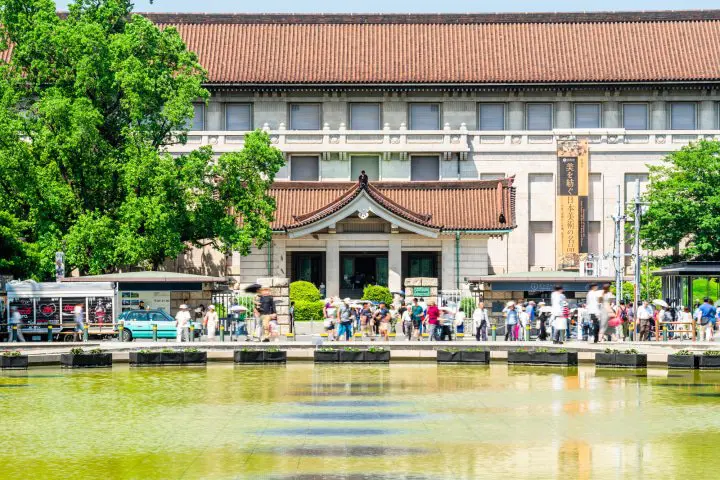
Photo by Pixta
The Tokyo National Museum is in the vicinity of Ueno Park. Those with an interest in art and history can find the museum housing and displaying numerous Japanese and Asian Important Cultural Properties.
With the showcased items ranging from paleolithic Japan, earthen statues, armor, and helmets from the Warring States period (around the 16th century), katana swords, and even ukiyo-e woodcut prints, there are over 110,000 items on display in this museum alone, making it an ideal place to visit for anyone interested in Japanese art and history.
Hotels near Tokyo National Museum
↑ Return to the top of article.
14. Ueno and Ameyoko
Ueno's Ameyoko, or Ameya Yokocho, is a famous shopping street loved by Tokyo's citizens for ages. Here you can shop for various different goods at exceptionally reasonable prices, which makes it a very popular area for visitors and locals alike.
Did you know that the name of this street, Ameyoko, has an interesting history to it? During the food shortages after the Second World War, this yokocho (side street) was where goods for the American forces were sold, as well as where numerous ame (candy) stores could be found, hence it became known as Ameyoko (American/candy street).
This shopping street is also known as a place you can do something rather unusual for Japan: haggle for goods. You can have a lot of fun chatting and bargaining with the shop staff here too!
Hotels near Ameya Yokocho Shopping Street
Read also
↑ Return to the top of article.
15. Edo-Tokyo Museum
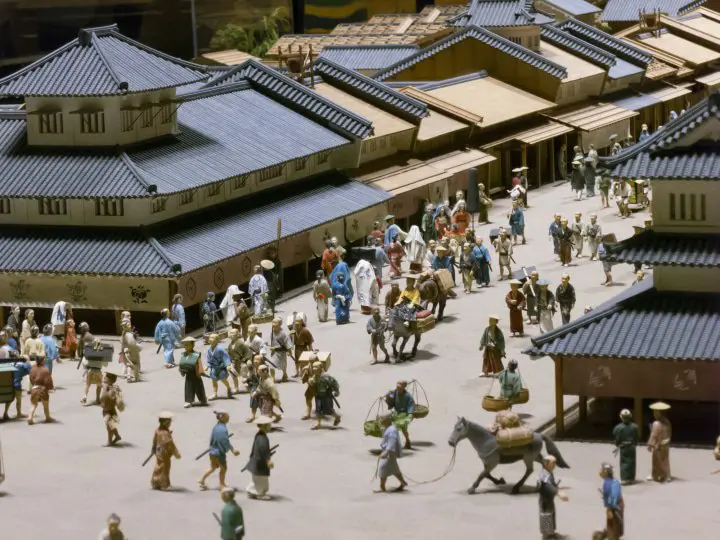
Photo by Pixta
The Edo-Tokyo Museum is located in Tokyo's Ryogoku area, along with the Ryogoku Kokugikan Sumo Hall. Step into the Edo Zone of the museum, and you’ll be sent back in time as you experience life through an ingeniously recreated version of Edo (the former name for Tokyo).
On the other hand, the Tokyo Zone focuses on showing you what life in the city was like after the Edo era (1603-1868) when Western culture began to spread throughout the country during the post-World War II era. From this zone, you can learn more about what shaped modern-day Japan into the country that it is today.
Currently, the Edo-Tokyo Museum is closed for renovations and is scheduled to reopen in 2025. Until then, some of the exhibits can be enjoyed through Hyper Edohaku, the official Edo-Tokyo Museum app.
Hotels near [Closed] Edo Tokyo Museum
↑ Return to the top of article.
16. Ryogoku Kokugikan Sumo Hall
Ryogoku Kokugikan is the home of Japan's national sport, sumo. Occasionally boxing matches and other sporting events take place here, meaning that it is possible for visitors to enjoy other martial arts in this space as well.
On the first floor of Kokugikan, you will find the Sumo Museum, where ranked lists of the rikishi (sumo wrestlers), their ornamental aprons, and other sumo-related goods are displayed. If you are a fan of sumo, then this is a must-see place.
In their shop, you can also purchase some professional sumo wrestling goods that can't be found anywhere else, so if you want to buy a unique Japanese souvenir, this might be just the place you're looking for!
Hotels near Kokugikan
Read also
↑ Return to the top of article.
17. Roppongi Hills
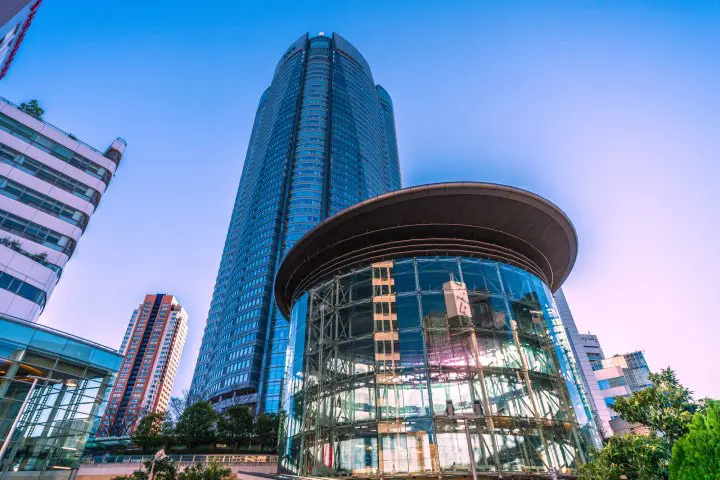
Photo by Pixta
Roppongi Hills is, along with Tokyo Midtown, a stylish facility with both a business and a shopping side to it, standing as one of the representative places of the Roppongi area.
At Roppongi Hills, you can enjoy shopping, fine cuisine, excellent modern art exhibits at the Mori Art Museum, as well as gorgeous cityscape views from the observatory.
The facility is ideal for special occasions and romantic dining as it offers splendid night views across the city that include both Tokyo Skytree and Tokyo Tower. If you would like to enjoy a taste of luxury, then a trip here is a must.
Hotels near Roppongi Hills
↑ Return to the top of article.
18. Tokyo Tower
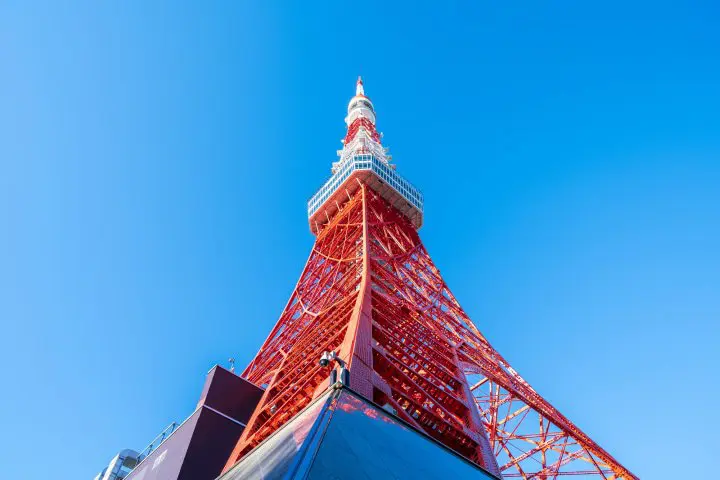
Photo by Pixta
Until the construction of Tokyo Skytree, Tokyo Tower was the tallest radio tower and man-made structure in Japan, measuring 333 meters in height. It has stood as the symbol of Tokyo ever since its completion in 1958.
Heading up the Tokyo Tower, you will have access to two viewing platforms that allow visitors to see the view of the city as well as far away in the distance. On clear days, you can even see Mt. Fuji.
↑ Return to the top of article.
19. Hamarikyu Gardens
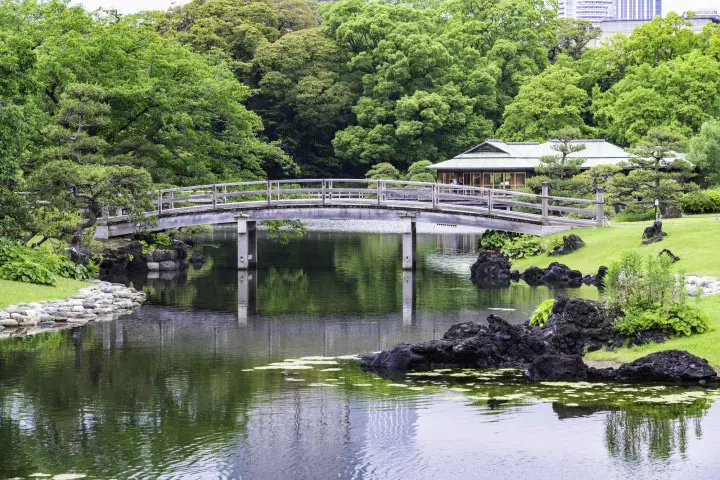
Photo by Pixta
The Hamarikyu Gardens are a history-rich park in the heart of the city, surrounded by skyscrapers.
There is a vast pond in the middle of the park, created with ocean water--the only one of its kind in Tokyo. The tea houses and other traditional structures look beautiful as they stand surrounded by splendid old pine trees. An elegant, tranquil atmosphere permeates the area.
We suggest stopping by the tea house to enjoy Japanese sweets and a bowl of green tea. The view of the ultra-modern city buildings in the distance creates an impressive contrast with the traditional atmosphere of the garden. The Hamarikyu Gardens are a true oasis for visitors to feel the seasons without having to leave the city.
There are audio guides and pamphlets available in English, French, Chinese, and Korean, making it easy for visitors from around the world to cultivate a better understanding of Japanese traditional culture in this garden.
Hotels near Hamarikyu Gardens
↑ Return to the top of article.
20. Tokyo Metropolitan Government Building Observatory
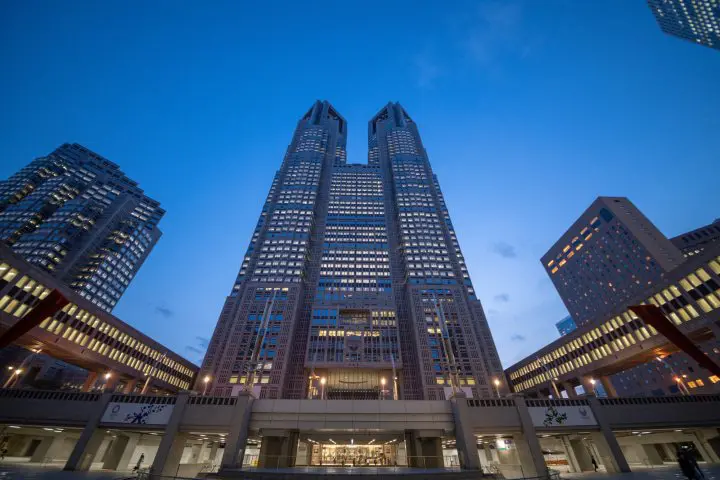
Photo by Pixta
The observatory located on the 45th floor of the Tokyo Metropolitan Government Building can be accessed free of charge. This facility offers a 360-degree panorama view of Tokyo and its landmarks. Like with Tokyo Tower, on clear days you may be able to get a glimpse at Mount Fuji.
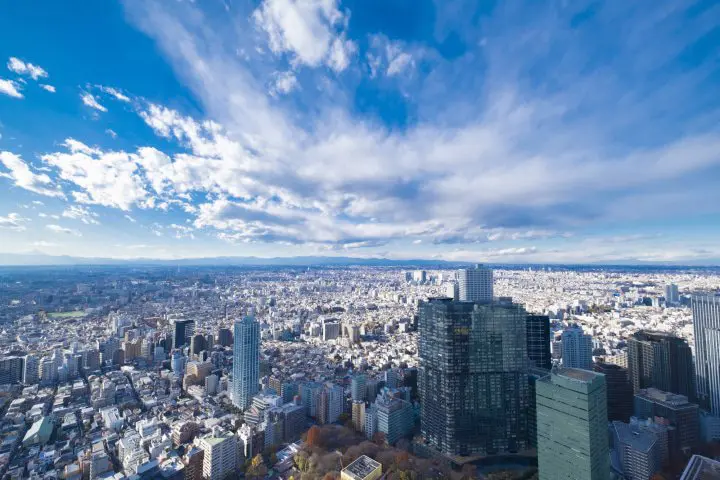
Photo by Pixta
There is an observatory in each of the twin buildings of the Tokyo Metropolitan Government; currently, the North Observatory is closed. There are also shops and cafes in the precincts.
This observatory is a great place in the Shinjuku area to drop by and take in the view of the city.
Hotels near Tokyo Metropolitan Government Building Observatories
↑ Return to the top of article.
21. teamLab borderless

teamLab, Universe of Water Particles on a Rock where People Gather © teamLab
The teamLab Borderless: Mori Building Digital Art Museum reopened in February 2024 in Azabudai Hills, a large shopping and amusement complex in central Tokyo.
This is the largest facility displaying works by the renowned creative unit teamLab. Visitors can enjoy 50 immersive art installations as well as a tea house with an artistic ambiance that matches the gallery.
The interactive installations created by teamLab explore and redefine the boundaries of technology, art, nature, and culture. We hope you'll save half a day to enjoy this museum of unmapped art territories!
Hotels near teamLab Borderless Azabudai Hills
↑ Return to the top of article.
22. Rikugien Garden
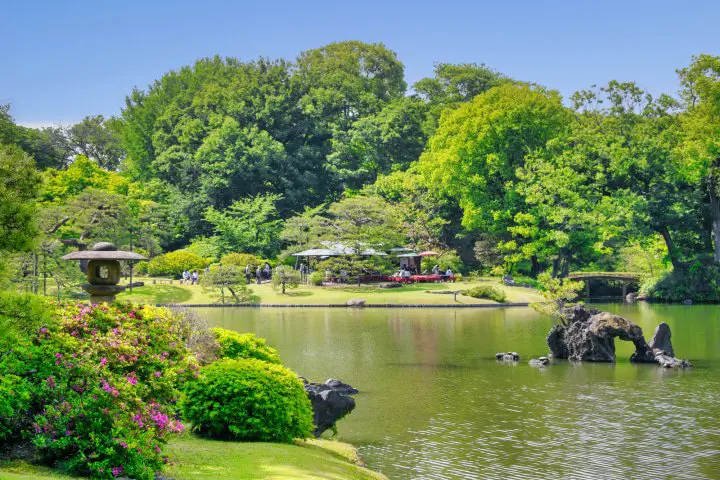
Photo by Pixta
Rikugien is one of Tokyo's iconic Japanese gardens, created around the end of the 17th century at the request of shogun Tokugawa Tsunayoshi.
Created based on the principles of Japanese gardening, Rikugien consists of a small pond and hills that are a miniature landscape of mountains and the sea.
The garden is a magnificent spot to enjoy the cherry blossom and the fall foliage seasons. The 15m tall weeping cherry tree (shidare zakura) has become the garden's symbol and blooms beautifully. The colors of the maple and ginkgo trees in the fall are absolutely stunning! Visit Rikugien to experience the sense of the seasons that permeates Japanese culture.
Hotels near Rikugien Garden
↑ Return to the top of article.
23. Kabukicho Tower
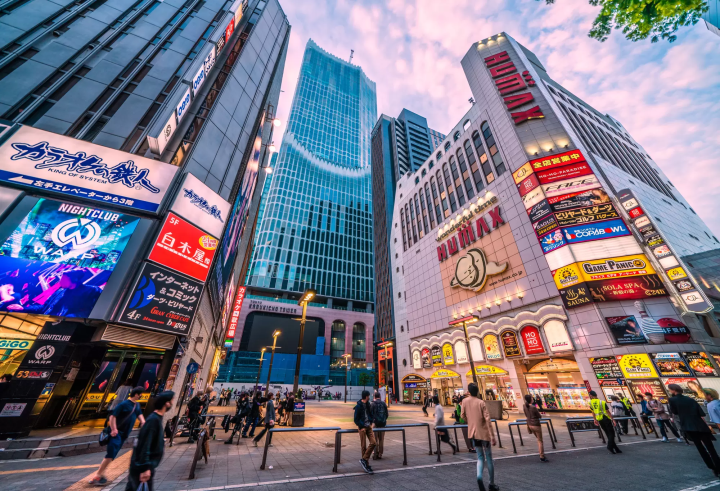
Photo by Pixta
Kabukicho's massive new entertainment facility, Kabukicho Tower houses endless entertainment from the 4th floor to the 17th floor, as well as two hotels from the 18th floor to the 48th floor of the flashy skyscraper. Boasting a height of 225 meters, 48 of its floors are above ground with five floors underground.
This entertainment zone is open 24 hours a day, so you can enjoy an entire night here and more without ever leaving the facility. The restaurant floor is a sight to behold--1,000 square meters of glittering neon lights and disco balls lighten up the atmosphere as you enjoy cuisine from every corner of Japan, from Hokkaido to Kyushu to Okinawa!
There is even a stage where you can indulge in various live events such as DJ performances, karaoke, and magic shows, all held daily.
This new hotspot is easy to access, you can even go straight by express buses from both Haneda and Narita Airports!
Tokyu Kabukicho Tower
Location: Tokyo, Shinjuku City, Kabukicho 1-29-1 Map
↑ Return to the top of article.
24. Kanda Shrine
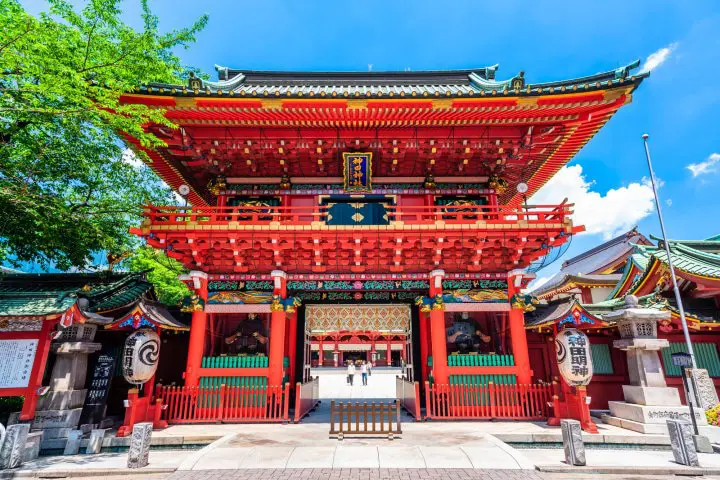
Photo by Pixta
Kanda Shrine, also known as Kanda Myojin, is a historical shrine located near Akihabara in central Tokyo. It has thrived under the protection of the Edo shogunate (1603-1868) as a shrine that protects the city.
When speaking of this shrine, you cannot help but mention the famous Kanda Festival, one of Japan's Three Great Festivals. This festival usually takes place in May and spans over six days. A great number of people take part in it each year, with the major highlight being the procession of mikoshi (portable shrines) in the city.
Hotels near Kanda Myojin (Kanda Shrine)
↑ Return to the top of article.
25. Koishikawa Korakuen Garden
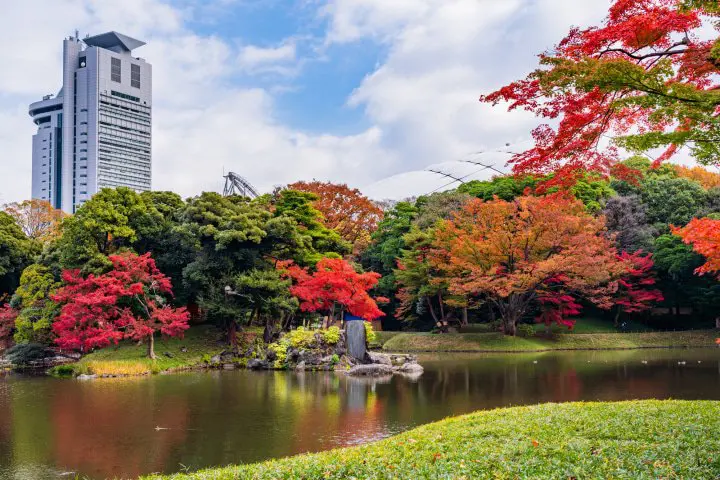
Photo by Pixta
Just beyond the bustling Korakuen Amusement Park and Tokyo Dome stands a tranquil Japanese garden called Koishikawa Korakuen. Home to sakura trees, wisteria, irises, azaleas, and red spider lilies, this garden is a stunning place to visit from early spring all the way through to late fall.
One of the most interesting features of Koishikawa Korakuen is the Engetsu Bridge. It was built in such a way as to create a full circle with its reflection in the pond.
If you are looking for an escape from the noise of the city, this is the ideal place to visit.
Hotels near Koishikawa Korakuen
↑ Return to the top of article.
26. Tokyo Character Street
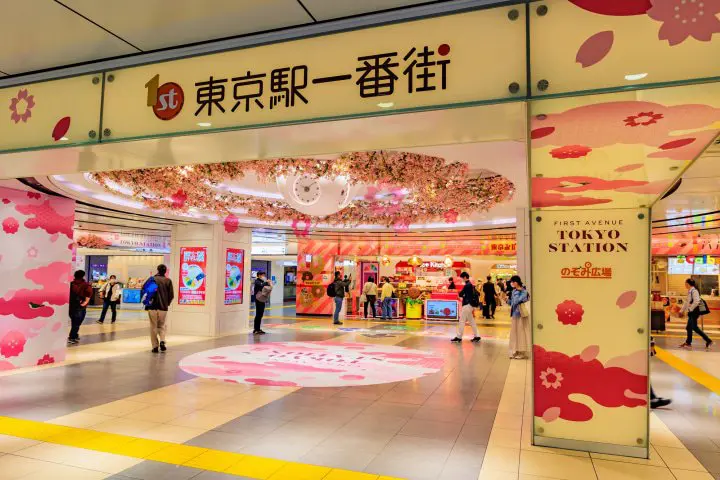
Photo by Pixta
Japanese mascot and anime characters created by various popular companies such as Studio Ghibli, Sanrio, and Shonen Jump are famous and loved worldwide by fans. But when trying to shop for merchandise, you may find yourself spending a lot of time and energy traveling to their individual official shops.
Tokyo Character Street, located within Tokyo Station, is the perfect spot where you can find most of these popular character shops all in one place! Often, the shops here will have some rare and unique goods on sale, as well as fun photo spots featuring your favorite characters. Make sure to take a picture with your favorite mascot or anime hero!
Read also
↑ Return to the top of article.
27. Art Aquarium Museum GINZA
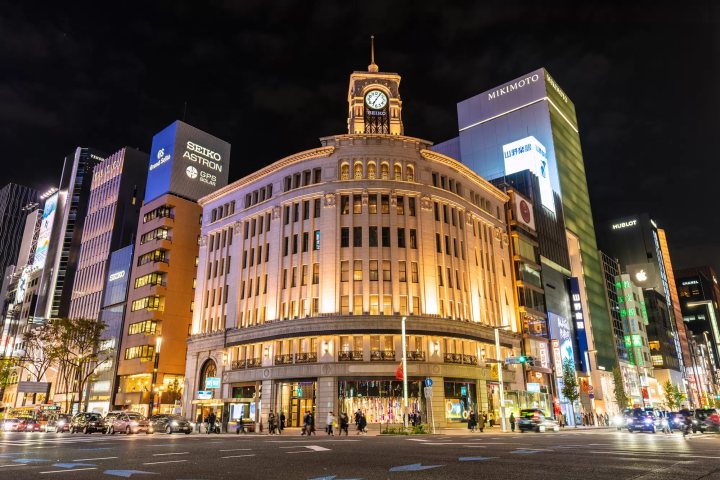
Photo by Pixta
Ginza Mitsukoshi New Building Art Aquarium Museum GINZA - this facility with a mouthful of a name is a fantastic and beautiful museum that has a mesmerizing display of thousands of goldfish and colorful glowing tanks. The museum is divided into sections, from enjoy with a camera area, the enjoy traditional Japanese beauty area, and the goldfish appreciation area.
The second area has a display of Edo Kiriko glass works, an art handed down from the late Edo period, which includes the works of Kuniyoshi Utagawa, an ukiyoe-e artist of the Edo period.
All of this is located on the 9th floor of Ginza Mitukoshi, so schedule a visit between your shopping trip to Ginza and purchase tickets beforehand to fit your visit into your itinerary. Otherwise, you can purchase a same-day ticket from the ticket vending machine on the same floor.
Book your Art Aquarium Museum GINZA ticket
Hotels near Ginza Mitsukoshi
↑ Return to the top of article.
28. Odaiba Marine Park
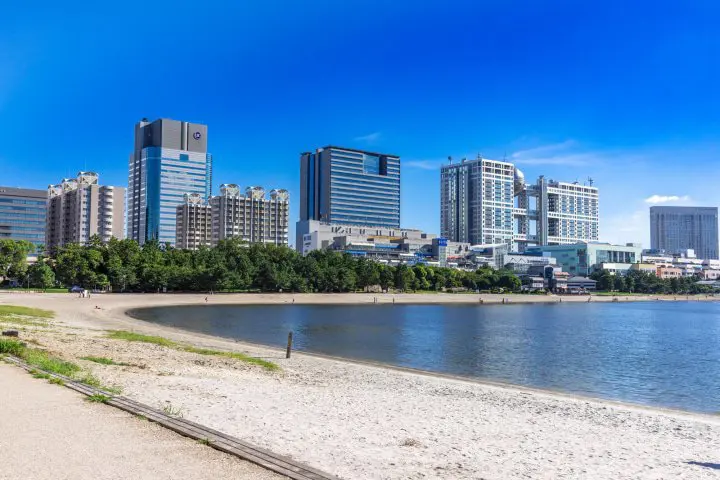
Odaiba Marine Park is easy to reach from central Tokyo. Odaiba itself is a prominent entertainment area with various museums and shopping plazas.
The beach is the perfect place to relax away from the crowds of the city, taking in the ocean views. Enjoy the scenery by taking a walk down the 800-meter-long coastline footpath. Then from the nearby observation decks, gaze at the panorama of Tokyo Bay, Rainbow Bridge, and the skyscrapers in the city.
Hotels near Odaiba Marine Park
Read also
↑ Return to the top of article.
29. Rainbow Bridge
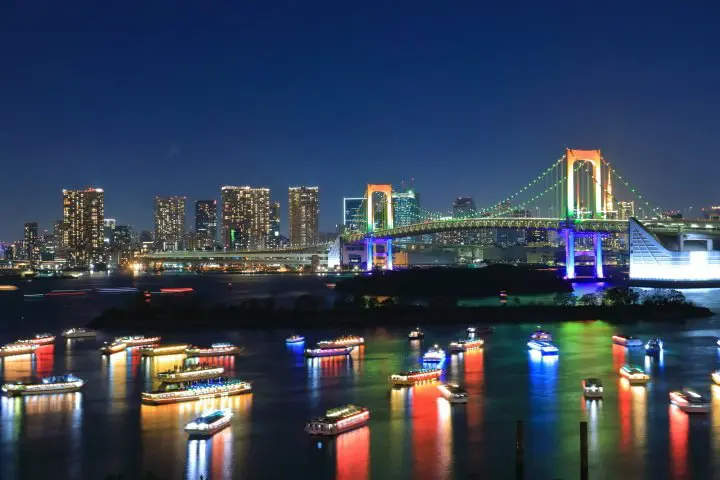
Photo by Pixta
The Rainbow Bridge is the massive bridge that connects the artificial island of Odaiba to the rest of Tokyo. This bridge is well-known as a filming location as well!
The cityscape, Tokyo Bay with its boats coming and going, and all of Odaiba's highlights are all clearly visible from the Rainbow Bridge. It is also possible to walk across this bridge; its length is about 798 m.
The amazing sense of freedom you can experience while being on this bridge during the day is only rivaled by its romantic atmosphere when it is lit up at night.
↑ Return to the top of article.
30. teamLab Planets TOKYO
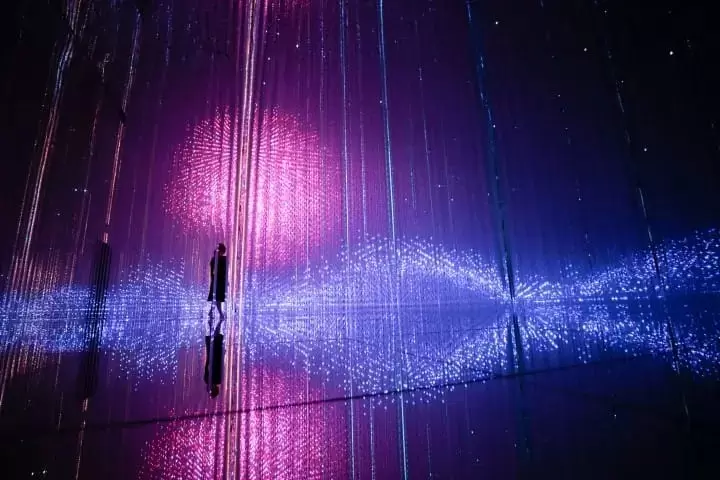
teamLab, The Infinite Crystal Universe, 2015-2019, Interactive Installation of Light Sculpture, LED, Endless Sound: teamLab.©teamLab
teamLab Planets TOKYO, the second museum in Tokyo operated by the digital art unit teamLab, is an interactive facility where you can experience digital art through your senses.
Prepare to walk barefoot through water and enjoy an amazing floating flower garden where you become one with the flowers. This facility has four giant art spaces and two gardens created by the genius artists of teamLab.
All teamLab museums provide an experience for all senses and their immersive art installations can be enjoyed all throughout the year.
Hotels near TeamLab Planets TOKYO DMM.com
↑ Return to the top of article.
31. Warner Bros. Studio Tour Tokyo - The Making of Harry Potter
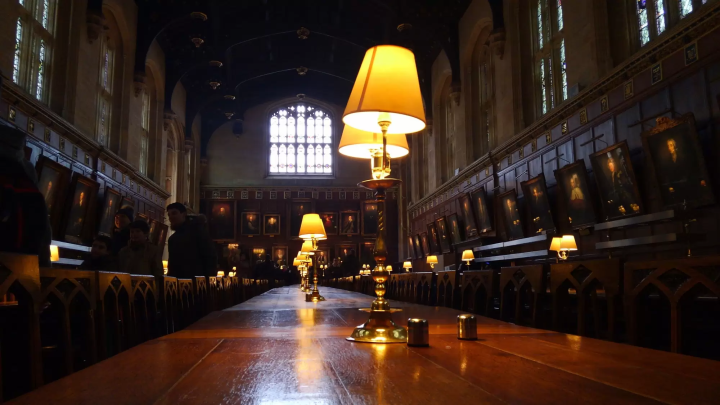
Photo by Pixta
Harry Potter has celebrated its 20th anniversary since its first movie in 2001 Harry Potter and the Sorcerer's Stone, and the Fantastic Beast series followed in its footsteps inheriting the world of magic.
To get a deeper look into both series, you'll want to visit the Harry Potter Studio Tour Tokyo. It's got a lot of tricks, allowing you to experience many scenes from the movies in person, and also gives you a look into how the original novels were taken and reproduced vividly on the big screen.
Additionally, you can enjoy all the costumes, props, and magical animals that were used in the movies with the exhibits, as you learn about the magic that took place behind the scenes in creating the Harry Potter movies.
Warner Bros. Studio Tour Tokyo - The Making of Harry Potter
Location: Tokyo, Nerima City, Kasugacho 1-1-7 Map
Read also
↑ Return to the top of article.
32. Mitaka no Mori Ghibli Museum
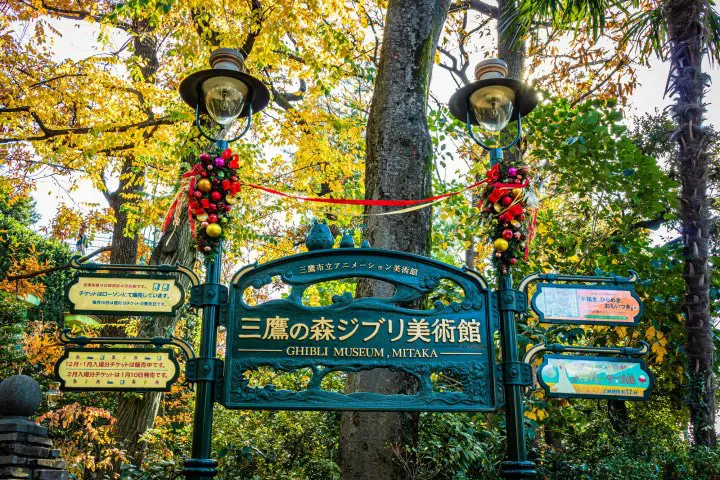
Photo by Pixta
You’ve no doubt heard of Studio Ghibli, the famous Japanese animation studio that has won international acclaim with its beloved animated movies. Mitaka no Mori Ghibli Museum is a must-visit place for all Ghibli fans! The facility has displays of original works by Hayao Miyazaki and by other Ghibli animators and directors, as well as limited-time exhibitions featuring their latest releases.
For those wanting to visit this museum, make sure to purchase your tickets well in advance. Upon reservation, you'll be required to specify the date and time of your visit.
Book the Ghibli Museum, Hotel Gajoen Tokyo, and Edo-Tokyo Open Air Architectural Museum Tour
Hotels near Ghibli Museum, Mitaka
↑ Return to the top of article.
33. Tomonaga Akimitsu Museum
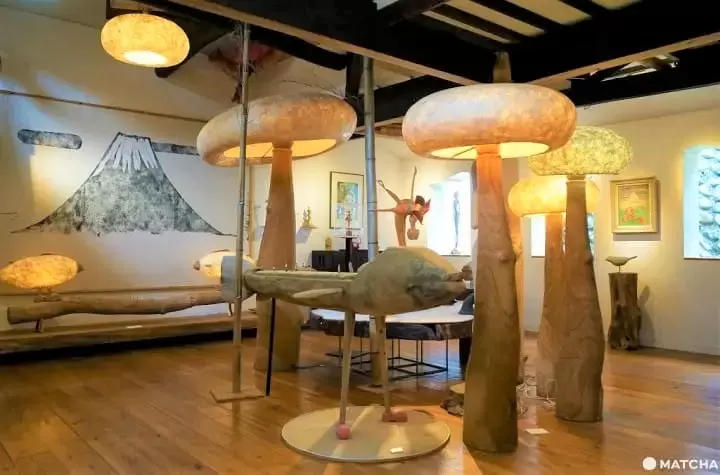
The Tomonaga Akimitsu Museum is located in Akiruno, a nature-rich city in western Tokyo. The facility displays the art of sculptor Tomonaga Akimitsu, best known as the creator of the popular puppet theater series "Prin Prin Monogatari." The museum opened in 2002 in a renovated traditional house and was created by the artist himself. His studio is adjacent to the museum.
Step inside and you'll find yourself in a world populated by fantastical creatures: fairy-like maidens, dwarfs, chimeras, and others - all sculpted from wood. They evoke the world of unspoiled childhood fantasy.
Read also
↑ Return to the top of article.
34. Sanrio Puroland
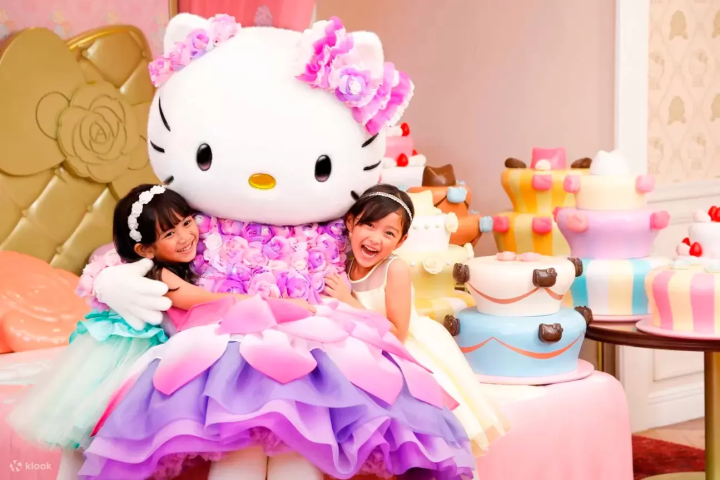
Picture courtesy of Klook
The popular and adorable mascot characters like Hello Kitty, My Melody, Kiki and Lala, Cinanamoroll, Pompompurin, and KUROMI were all created by Sanrio! This company even has its own theme park in Japan called Sanrio Puroland, designed around these internationally loved characters.
Puroland is a dreamlike world where visitors can enjoy an assortment of attractions and shows featuring their favorite Sanrio characters. You can also take photos with your favorite characters when you spot their appearance in the park!
Book your Sanrio Puroland Tokyo Ticket
↑ Return to the top of article.
35. Tokyo Disney Resort
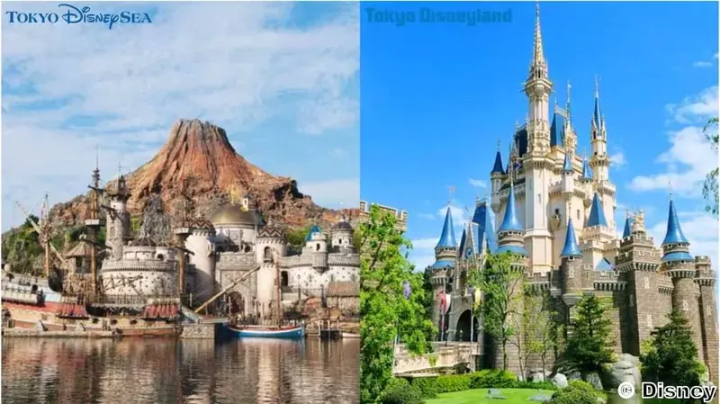
Picture courtesy of Klook
While technically located in Chiba prefecture but exceptionally close to the capital, Tokyo Disneyland and Tokyo DisneySea are the two Disney Resorts found in Japan.
Much like Disneyland in different countries, here you can meet the characters from your favorite Disney movies, watch magical shows, and enjoy all the famous amusement park attractions! While Tokyo Disneyland will feel somewhat familiar if you’ve visited a Disney theme park elsewhere, DisneySea is a unique theme park themed after myths and legends, with attractions that can be fully enjoyed by both kids and adults of all ages.
The Tokyo Disney Resortis a also must-see for fans, as well as for families who wish to enjoy a fun day out with their children!
Book your Tokyo Disney Resort Park Ticket
Hotels near Tokyo Disney Resort
↑ Return to the top of article.
Tokyo Area Guide
The different areas within the city each have their own distinct features. From places full of cutting-edge technology to fashion-forward spaces to districts full of historical ambiance, Tokyo has it all. Now, let's take a closer look at the various areas of the city.
Asakusa and Tokyo Skytree Area
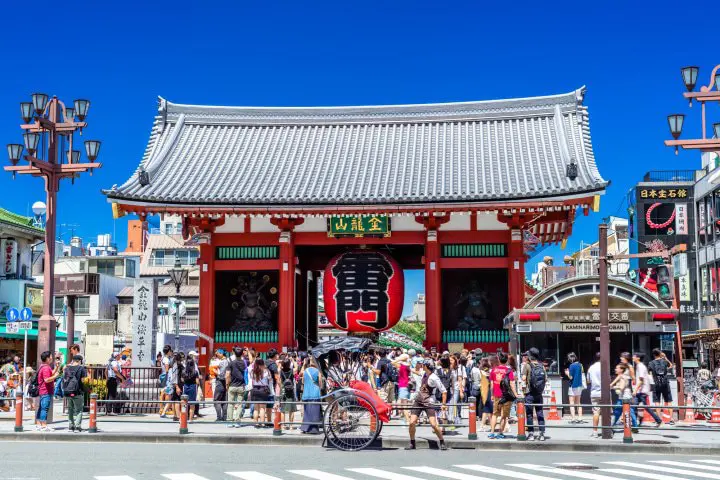
Photo by Pixta
Asakusa is a popular sightseeing area where you can experience the atmosphere of Traditional Japan, with its history and culture permeating all around you as you traverse the streets. The old, famous shopping street, Nakamise-dori leading towards Sensoji Temple, is a charming street where you will find many historical Japanese sweet shops and souvenir stores. In this area, you’ll find many friendly, Edokko (generational Tokyo-natives staff at these shops, who are a lot of fun to engage and communicate with.
On the other hand, not too far in this same area, you will find the ultra-modern Tokyo Skytree. If you’re looking to experience both sides of the coin, from the best of the old to the newest of the new in Tokyo, this is a great place to start your journey.
Read also
Ueno and Akihabara
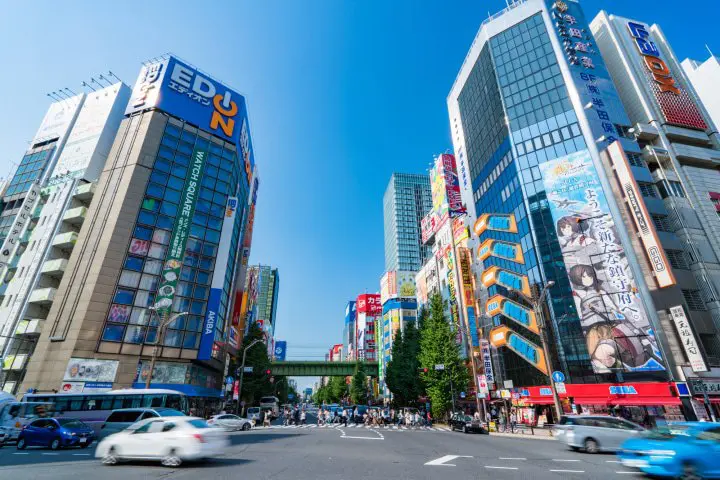
Photo by Pixta
The Ueno area is a culture lover's paradise as it is home to a ton of art galleries, (Ueno Royal Museum, The National Museum of Western Art, etc) and the National Museum of Nature and Science, Ueno Zoo, the International Library of Children's Literature, the Shitamachi Museum and many other fascinating centers to visit.
For those looking for some outdoor scenery, Ueno Park is a public park where visitors can enjoy the different seasonal flowers like sakura and lotus blossoms, and beautiful leaves changing colors in the fall.
Although Akihabara had at one time been famous for being an electronics area, in the modern era it has become internationally known as the sacred place for anime fans and idol subculture lovers, often referred to as otaku. To those who wish to delve deeper into this land of subculture, you’ll be pleased to find many maid cafes, live houses with idol performances, cosplay specialty stores, and tons of anime shops for anime fans including the Tokyo Anime Center!
Read also
Ginza, Marunouchi, and Tsukiji
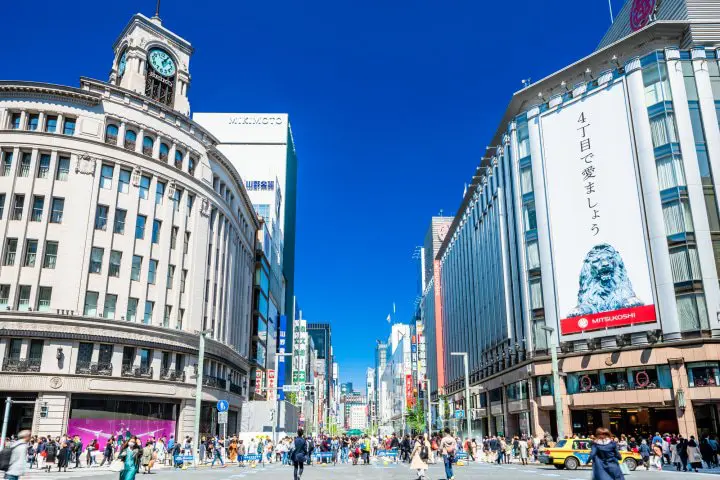
Photo by Pixta
Ginza is very well-known as a classy, commercial district. Down these fancy streets, you can find shop after shop of all the renowned brand name shops and boutiques and numerous high-class restaurants to do some fine dining as well. As you travel down town, you’ll come across Marunouchi, a business district where countless companies from all across Japan have an office set up for their businesses, and Tokyo Station's Marunouchi Station building, a bustling place full of fashionable restaurants.
Tsukiji became famous for being home to the world's largest fish market, the Tsukiji Market. Tsukiji's inner market has moved over to the Toyosu Market. Nevertheless, Tsukiji is still popular for its restaurants. As the former home of the fish market, the sushi restaurants in Tsukiji offer some very reasonably priced and delicious meals.
Read also
Roppongi
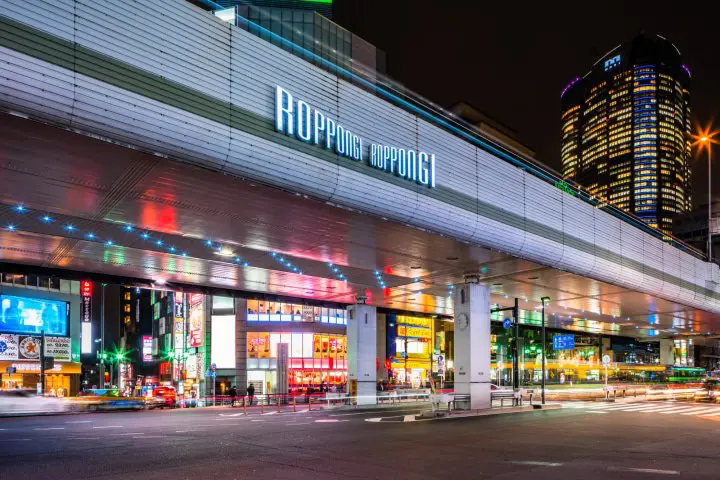
Photo by Pixta
Roppongi is one of Tokyo's most fashionable areas, full of skyscrapers, and overflowing with a chic, urban atmosphere. As a business district, there are plenty of nightclubs and the like here as well, making it the total package for businesspeople. And with the large shopping and dining centers Roppongi Hills and Tokyo Midtown also located here, it is a perfect cityscape to visit during the day or at night.
The view from the Roppongi Hills observatory will let you enjoy the city with a spectacle including both the Tokyo Tower and Tokyo Skytree, two sights you rarely can enjoy together as they are the two of the tallest viewing platforms in the city.
Odaiba
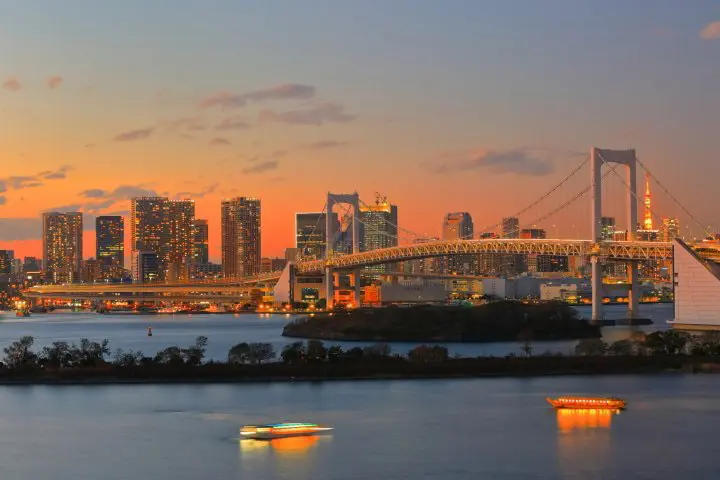
Photo by Pixta
No matter what your purpose for visiting is, Odaiba is a place for everyone. It is the perfect location for having a lovely date, a chill place to hang out with friends, or a fun destination for spending time with your family!
With numerous different facilities in the area, Odaiba is full of sightseeing spots that are relatively close together, meaning that you can efficiently move about and have your fill of fun all in one place.
Some activities you can enjoy in the Odaiba area include visiting the National Museum of Emerging Science and Innovation, where you can witness Japan's cutting-edge technology in action, taking a leisure walk along the beach at Odaiba Marine Park, or geek out by Diver City and it’s impressive life-sized Gundam Unicorn statue!
Read also
Shibuya, Harajuku, Ebisu, and Omotesando
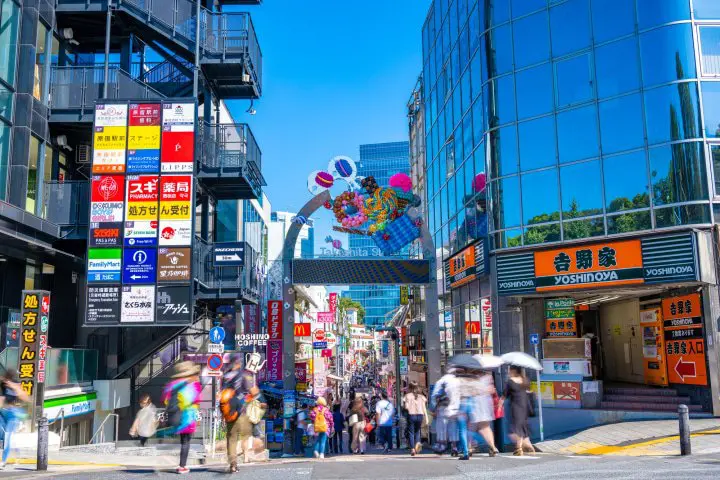
Photo by Pixta
If you are all about the latest trends in fashion, then Shibuya, Harajuku, Ebisu, and Omotesando are all fashion centrals for you to visit!
Everything from high fashion brands to shops with cute and reasonably priced fashion accessories can be found in these areas. Shibuya's incredibly busy intersection, the Scramble Crossing, is quite the famous landmark in itself too.
Fashionistas will know about Harajuku, where the origin of Japan's kawaii culturebegan, and the bustling and famous Takeshita Street where you can enjoy unique and the hottest original fashions and have plenty of fun shopping too among crowds of stylish young people.
While Shibuya and Harajuku may cater to a younger crowd, Ebisu and Omotesando are for more polished adults to enjoy. Ebisu Garden Place has numerous fashionable and delicious cafes and restaurants, while Omotesando Hills is a shopping center full of brand-name shops for stylish adults - both are great places to pass the time.
Read also
Shinjuku and Ikebukuro
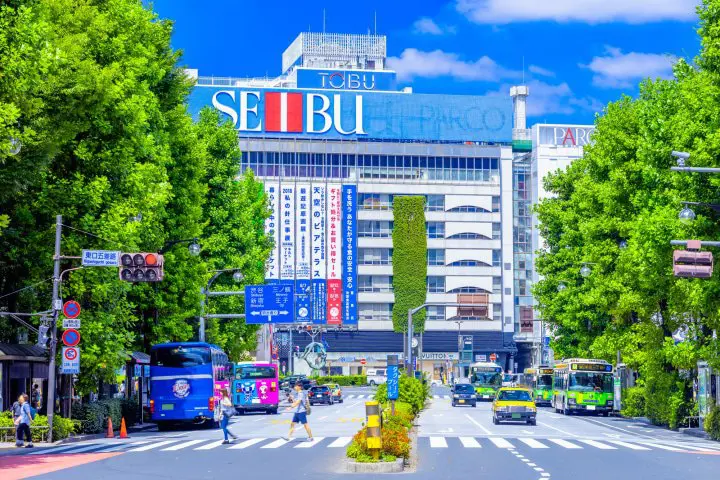
Photo by Pixta
In the heart of Tokyo lies Shinjuku, a busy area with many restaurants and entertainment facilities. If you'd like to take a short break from the fast-paced crowds of the city, then Shinjuku Gyoen National Garden, a peaceful park in the middle of Shinjuku city, is the perfect place to sit down and relax, or enjoy a stroll through a charming green space.
Another destination that is just as busy as Shinjuku, the Ikebukuro area is home to many electronic stores such as Bic Camera and Yamada Denki. There are also many shops here that cater to even a student's budget, meaning that you’ll find delicious and reasonably priced restaurants everywhere, so taking a walk around Ikebukuro can bring you to some very interesting spots.
There are also plenty of entertainment facilities here in Ikebukuro, too, so this may be an area you’ll find yourself coming back to visit again and again!
Read also
Book the Tokyo Subway Ticket (24, 48, or 72 Hours)
↑ Return to the top of article.
Weather in Tokyo and What to Wear
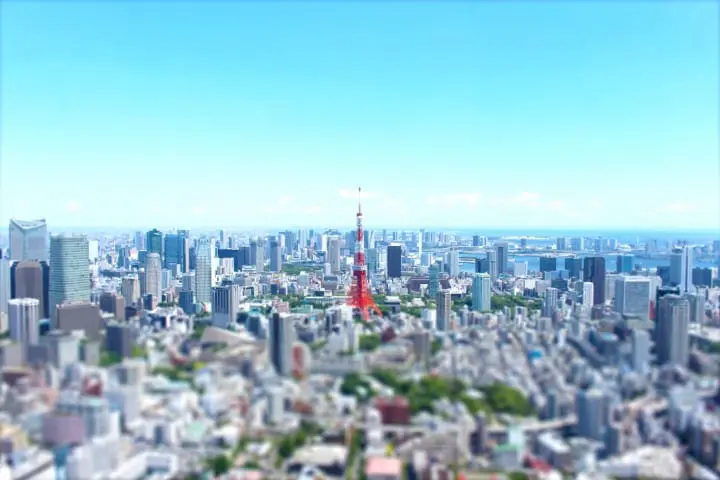
The weather in Tokyo varies greatly depending on the season you visit. Despite having fickle weather with sudden days of rain and sun, many visitors come to Japan in the spring. Due to the hot temperatures and high humidity caused by June's rainy season, the summer starts out quite wet - be careful of sudden thunderstorms and torrential rain during this season as well.
There are plenty of brisk autumn days in the fall, but this season is changeable as well given the number of typhoons that take place during it; there are many heavy rainstorms that occur in fall as well. There are far fewer rainy days in the winter in Tokyo. However, the air becomes quite dry during this season. It seldom snows, but when it does the transportation systems may experience delays or will have to temporarily shut down due to the snow accumulation.
Here are the monthly average temperatures for Tokyo and some recommended clothing items to bring with you on your trip.
January (Temperature 1.8-10.4℃)
Clothing that will protect against the cold, such as down jackets and coats are necessary. Mufflers, scarves, gloves, or mittens are also good to have with you too.
February (Temperature 1.9-10.4℃)
Much the same as in January, clothing that will protect against the cold, such as down jackets and coats plus winter accessories are necessary.
March (Temperature 5.8-15.5℃)
Temperatures will start to rise, but you'll still need a warm coat.
April (Temperature 10.1-19.4℃)
Something not too heavy, such as a jacket or cardigan, is perfect for this month.
May (Temperature 16.6-26.4℃)
During the daytime, you can typically get away with short sleeves, but in the early morning and evening, you will want to wear something with long sleeves, such as a light jacket, hoodie, or cardigan with you.
June (Temperature 18.6-26.4℃)
You will want to have either short or long sleeve shirts. There is a lot of moisture in the air during this month, so clothing that provides good ventilation is key.
July (Temperature 23.2-30.1℃)
Short sleeves are perfect for this time, but make sure you have protection against UV rays - sunblock is necessary.
August (Temperature 23.9-30.5℃)
Much like in July, short sleeves and sunblock are key. Typically the hottest month of the year, preparing cool clothes and keeping hydrated is necessary to avoid getting heat stroke.
September (Temperature 19.8-26.4℃)
During the day short sleeves are fine, but on some days during the evening, you might find yourself wanting a light jacket or cardigan.
October (Temperature 14.8-22.7℃)
Cardigans, jackets, and even a light winter coat are useful during October.
November (Temperature 10.7-17.8℃)
Jackets and sweaters or even coats - warm items are our recommendation for November.
December (Temperature 5.8-13.4℃)
Down jackets, winter coats, and winter accessories start becoming necessary as the month progresses.
For more detailed information on the weather in Tokyo and what to wear during each season, please check the article below.
↑ Return to the top of article.
How to Reach Tokyo from the Airports
There are two major airports in Tokyo: Narita Airport and Haneda Airport. Both are international and domestic airports, considered to be the front doors to Japan. Below, we will explain the main routes to take from the two airports to Tokyo Station and Shinjuku Station, as well as the time required and fares.
How to Reach Tokyo Station from Narita Airport
To travel from Narita Airport to Tokyo Station, we recommend taking the inexpensive and transfer-free Keisei Line.
The Fastest Route: Keisei Skyliner
Duration: about 50 minutes
Fare: 2,680 yen
Departs from: for Terminal 1, from Narita Airport Station, and for Terminal 2 and 3, from Terminal 2 Station
Book the Skyliner Narita Airport Express With Tokyo Subway Ticket
Reach Tokyo in 1 Hour: Low Fares too - Keisei Line's Narita Sky Access Limited Express
Duration: 68 minutes
Fare: 1,150 yen
Departs from: for Terminal 1, from Narita Airport Station, and for Terminal 2 and 3, from Terminal 2 Station
Transfer: Switch to the JR Yamanote Line at Shinbashi Station
The Bus Route: Airport Bus TYO-NRT
Duration: 1 hour (depending on traffic conditions)
Fare: 1,300 yen for adults, 650 yen for children. For early morning and late nights- 2600 for adults, 1300 for children.
Departs from: #7 Stop at Terminal 1, #6 at Terminal 2, and at #5 stop in Terminal 3
How to Reach Shinjuku Station from Narita Airport
The Fastest Route: Keisei Skyliner
Duration: 58 minutes
Fare: 2,720 yen
Departs from: For Terminal 1, from Narita Airport Station, and for Terminal 2 and 3, from Terminal 2 Station
Transfers: Take the JR Yamanote Line from Nippori Station
Book the Skyliner Narita Airport Express Ticket
Lowest Fare: Keisei Line's Narita Sky Access Limited Express
Duration: 72 minutes
Fare: 1,260 yen
Departs from: For Terminal 1, from Narita Airport Station, and for Terminal 2 and 3, from Terminal 2 Station
Airport Limousine Bus
Duration: 85 minutes
Fare: 3,200 yen
Departs from: #2 and #11 stop in Terminal 1, #6 and #16 stop in Terminal 2, and #4 stop in Terminal 3
How to Reach Tokyo Station from Haneda Airport
Keihin Kyuko
Duration: 30 minutes
Fare: 470 yen
Departs from: Haneda Airport Domestic Terminal Station
Transfer: Take the JR Yamanote Line from Shinagawa Station
Tokyo Monorail
Duration: 35 minutes
Fare: 660 yen
Departs from: Tokyo Monorail Haneda Airport Terminal 1 Station, Terminal 2 Station and International Terminal Building
Transfers: Take the JR Yamanote Line from Hamamatsucho Station
Limousine Bus
Duration: 25-45 minutes (depending on traffic conditions)
Fare: 950 yen
Departs from: Terminal 1 (1st floor #1), Terminal 2 (1st floor #4), International Terminal (1st floor #1 stop)
How to Reach Shinjuku Station from Haneda Airport
Airport Rapid/Limited Express and JR Yamanote Line
Duration: 30 minutes
Fare: 500 yen
Departs from: Haneda Airport Domestic Terminal Station
Transfer: Take the JR Yamanote Line from Shinagawa Station
Limousine Bus
Duration: 35-76 minutes (depending on traffic conditions)
Fare: 1,250 yen
Departs from: #5 1st floor stop of Terminal 1 and 2, 1st floor International Terminal stop #3
When traveling from the airports to Tokyo, it's possible to plan your journey based on several factors, such as whether it has any transfers or not, the frequency of the service, the time required, the fare, and more. And, as there are some services with discounted fares available when reserving in advance, it's a good idea to thoroughly plan out your route before you travel.
For information on traveling to other stations in Tokyo, please take a look at some of MATCHA's other articles.
↑ Return to the top of article.
Transportation Within Tokyo
The public transportation system in Tokyo is very advanced; it's possible to reach nearly all the sightseeing spots in the city via train or subway. Or you can tailor your journeys by skillfully making use of the buses and taxis, enabling you to move about efficiently and helping you to really enjoy your sightseeing.
Book the Tokyo Subway Ticket (24, 48, or 72 Hours)
↑ Return to the top of article.
Hotels and Accommodations in Tokyo
Tokyo is visited by both domestic and international tourists daily and as such, the number and types of accommodations available are quite high, making it easy for many to become perplexed. For those who are troubled by this, we will introduce our most recommended hotels and other accommodations based on area.
Read also
Hotels in Shinjuku
Washington Hotel
Address: Shinjuku, Shinjuku 3-2-9
Access: 8-minute walk through the underground direct tunnel from JR Shinjuku Station's south exit (open from 06:00-22:45)
Prices: 11,980 - 25,380 yen (* depends on day)
Kadoya Hotel
Address: Shinjuku, Minami Shinjuku 1-23-1
Access: 3-minute walk from JR Shinjuku Station's south exit
Prices: 9980 - 20,400 yen (* depends on day)
Hilton Tokyo
Address: Shinjuku, Minami Shinjuku 6-6-2 1F
Access: Take the shuttle bus from stop #21 of JR Shinjuku Station's south exit (8 minutes)
Prices: 26,920 - 69,730 yen (* depends on day)
Hotel Sun Members Shinjuku
Address: Shinjuku, Minami Shinjuku 3-5-13
Access: 10-minute walk from JR Shinjuku Station's south exit
Prices: 9532 - 23,220 yen
Hotel Sunroute Plaza Shinjuku
Address: Shibuya, Yoyogi 2-3-1
Access: 3-minute walk from JR Shinjuku Station's south exit
Prices: 14,703 - 25,248 yen
Anshin Oyado
Address: Shinjuku, Shinjuku 4-2-10
Access: 2-minute walk from JR Shinjuku Station's southeast exit or 5-minute walk from Shinjuku Sanchome Station's E5 exit
Prices: 4352 - 10,323 yen
Hotels in Asakusa
Tokyo Hikari Guesthouse
Address: Taito, Kuramae 2-1-29
Access: 1-minute walk from exits A0 and A1 of Toei Asakusa line Kuramae Station
Prices: 2800 - 12,000 yen (* depends on room type)
Sakura Hostel Asakusa
Address: Taito, Asakusa 2-24-2
Access: 11-minute walk from Asakusa subway station, 4-minute walk from Tsukuba Express Asakusa Station
Prices: 3000 - 25,000 yen (* depends on room type)
Sukeroku no Yado Sadachiyo
Address: Taito, Asakusa 2-20-1
Access: 8-minute walk from Tawaramachi Station, 10-minute walk from Asakusa Station, 3-minute walk from Tsukuba Express Asakusa Station
Prices: 8200- 22,800 yen (* depends on the number of people and course chosen)
For more on accommodations in Asakusa, see 9 Unique Places To Stay In Asakusa.
Read also
Hotels in Ueno
Dormy Inn Ueno Okachimachi
Address: Taito, Ueno 6-7-22
Access: 5-minute walk from Okachimachi Station north exit; 7-minute walk from the Hirokoji exit of JR Ueno Station; 1-minute walk from Tokyo Metro Ginza Line Hirokoji Station, Exit A8; 1-minute from Toei Oedo Line Ueno-Okachimachi Station, Exit A8;
1-minute from Tokyo Metro Hibiya Line Naka-Okachimachi Station, Exit A8
Prices: 7990 - 22,000 yen (* depends on day)
Hotel Villa Fontaine Ueno
Address: Taito, Kojima 2-4-4
Access: 10-minute walk from Okachimachi Stations's north exit, or a 5-minute walk from Shin-Okachimachi Station's A2 exit
Prices: 8619 - 15,007 yen (* depends on day and room type)
Oak Hotel
Address: Taito, Higashi Ueno 6-1-2
Access: 2-minute walk from Inaricho Station on the Tokyo Metro Ginza Line and 10-minute walk from Ueno Station on the JR Yamanote Line
Prices: 3039 - 9725 yen
Candeo Hotels Ueno Park
Address: Taito, Negishi 1-2-13
Access: 3-minute walk from JR Uguisudani Station
Prices: 10,000 - 28,000 yen
↑ Return to the top of article.
Restaurants in Tokyo
Tokyo is a foodie's paradise, as dishes from around the world can easily be found throughout the city. But, since you've come all the way to Japan, you should enjoy some incredible Japanese dishes. Two of the most popular and internationally known Japanese dishes are of course sushi and ramen.
Tsukiji Tama Sushi
When asked to think of Japanese food, many might first picture sushi. Tsukiji Tama Sushi was established at Tsukiji Fish Market and has an over 90-year-long history. It is known for its incredibly fresh seafood and all-you-can-eat sushi course.
Perhaps the most exciting point of this course is that there is no time limit to it. However, reservations for two or more are required.
Ichiran (Asakusa, Ikebukuro, etc)
If you want to eat ramen, then why not have the mildly flavored tonkotsu ramen that has slowly made its way overseas, served at Ichiran?
Not only found in Japan but also throughout Asia, it is possible to order in English, Chinese and Korean here as well. And as the meal tickets are printed in four languages, it is easy for those who aren’t confident in their Japanese skills to purchase their ramen too.
↑ Return to the top of article.
10 Day Trip Destinations from Tokyo
As expected of the capital of Japan, Tokyo is also conveniently located near numerous other prefectures, making it an excellent place to travel from as well. After staying for a while,you might find yourself wanting to get out of the city. Here we have outlined ten different day trips that can easily be made from Tokyo.
Places Located Within an Hour from Tokyo
1. Kamakura
Taking the JR Shonan-Shinjuku line from Shinjuku Station for about an hour will bring you to Kamakura. This area is best known for its Great Buddha statue and its charming shopping street with a long history. The coastline views from the train here are also very peaceful.
Read also
2. Yokohama
The second largest city in Japan, know for its exotic international shops, Yokohama is a great tourist destination where you can not only enjoy lots of fun shopping but also snack as you walk about on many different delicious treats. If you take the JR Shonan Shinjuku line from Shinjuku Station, you will arrive in Yokohama in roughly 35 minutes.
3. Kawagoe
With former samurai residences and historical structures lining the streets, Kawagoe, also known as Koedo (little Edo), is an area steeped in Edo-era ambiance. By taking the Tobu Tojo line from Ikebukuro Station, in just 35 minutes you will find yourself seeming to have slipped back in time to this historical era.
4. Tokyo Disney Resort
The internationally famous Tokyo Disney Resort is divided into two huge theme parks - Tokyo Disneyland and Tokyo DisneySea. You could spend an entire day thoroughly enjoying a single park, or split your day between the two, both are great plans. And, as it only takes 15 minutes to reach Tokyo Disney from Tokyo Station, you will find yourself standing in a dreamlike world in no time.
5. Mt. Takao
Mt. Takao is a 600-meter (1,968 feet) tall mountain located in Tokyo’s Hachioji city. Equipped with a cable car, this mountain is perfect for everyone from advanced climbers wanting to reach the summit to absolute beginners, and is even well-known in mountain climbing circles abroad as well.
Another factor in its popularity is its ease of access; Mt. Takao can be reached in about 50 minutes by taking the Keio line from Shinjuku Station. If you want to get away from the city and have your fill of nature, then a trip here is ideal.
Places Located 1.5 - 3 Hours from Tokyo
6. Nikko
Nikko is home to the UNESCO World Heritage recognized Nikko Toshogu Shrine and can be reached in as little as two hours by taking the Spacia Special Express from Asakusa Station. Other than Toshogu, here you can see the five-storied pagoda, the three wise monkeys, and the sleeping cat carvings, and other impressive historical works as well.
7. Mt. Fuji
Mt. Fuji, the tallest mountain in Japan and the symbol of the country is also a UNESCO World Heritage site. With its snow-covered peak, the stunning almost bilateral symmetry of this beloved mountain can be enjoyed from almost any angle it is viewed from. By taking either a direct bus from Shinjuku or transferring at Kawaguchiko, Mt. Fuji can be easily reached in just about three hours.
8. Hakone
Surrounded by nature, Hakone is one of Japan’s most popular hot spring areas. A trip here takes only an hour and 20 minutes on the Odakyu Romance Car train. Hakone is very famous for its stunning fall colors, and enjoying these brightly colored leaves from a hot spring is fantastic.
9. Chichibu
Chichibu in Saitama Prefecture is an outdoor lover’s paradise; this nature-rich spot is amazing. Here you can enjoy everything from paragliding to snowshoeing, which makes it a popular place for families to visit as well.
Chichibu can be reached in an hour and 20 minutes via the Seibu Red Arrow Limited Express departing from Ikebukuro Station. Doesn’t it sound like fun to get out and thoroughly enjoy all the natural beauty that Japan has to offer?
10. Hatsushima
Hatsushima is the closest outlying island of Tokyo. By first taking the Tokaido Shinkansen from Tokyo Station for 40 minutes to Atami, then taking the bus for 10 minutes to Atami harbor, and then taking the ferry for 25 minutes, Hatsushima can be reached in roughly an hour and a half.
This charming, tropical-feeling island, which doesn’t feel at all like Tokyo, is not a very well-known tourist area just yet, making it the perfect place for those who prefer traveling to little-known places.
Read also
↑ Return to the top of article.
Shopping and Souvenirs in Tokyo
You can find almost anything when shopping in Tokyo, which makes it even harder to decide just what sort of souvenirs to purchase when visiting. Below are our top recommended places to visit when hunting for the perfect souvenir.
1. Shopping at Matsumoto Kiyoshi
Matsumoto Kiyoshi drugstores are found near almost every major station and are easily recognized by their vivid yellow signs. Their claim to fame is their ability to sell top Japanese cosmetics and toiletries as well as daily necessities for exceptionally reasonable prices, which makes them quite popular with men and women of all ages. If you are looking to get a lot of souvenirs for a moderate price, then this is our best recommendation.
2. Shopping at Don Quijote
Don Quijote is a discount superstore that is open nearly 24 hours a day. Best known for their jumbled, slightly intimidating displays, this shop is most recommended for those who like to shop as if they were treasure hunting. It's especially fun when you finally find the perfect item you might not even have known you were searching for - that will definitely add to your travel memories in Japan.
3. Shopping at Kiddyland
Japan's unique subcultures have gained international recognition and as a result, many visitors come to Japan searching for character-based goods or anime goods. Popular character goods store Kiddyland is where you will find plenty of “kawaii” goods, and you might even find something fun for yourself there too.
4. Shopping in Ameyoko
Ameyoko is a bustling shopping street loved by the locals located near Ueno Station. Mainly selling foodstuffs, here you can also find moderately priced toiletries and miscellaneous goods too, which is part of the charm of this shopping street. The real pleasure of visiting this area is being able to haggle for a better price on your purchases, which is a very unusual aspect you won't find in many places here in Japan.
5. Shopping at the Airports
Haneda Airport and Narita Airport are places where you can quickly pick up many different sorts of souvenirs from Japan. With shops selling Japanese-style items, you are sure to be able to find goods that can only be purchased in Japan in either airport as well. And if you've simply not had the time to shop while visiting Japan, you can easily pass the time between check-in and boarding by shopping in the numerous stores inside the airport.
Find the best deals on flights to Tokyo
旅行が趣味の22歳です。日本の魅力をお届けします。


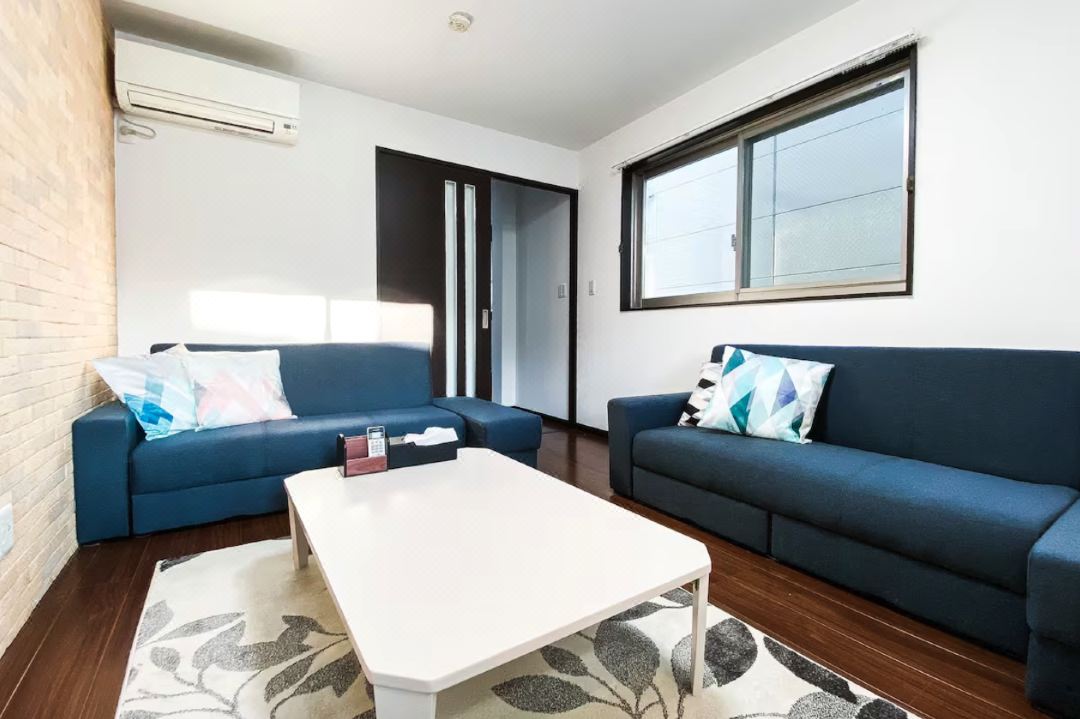






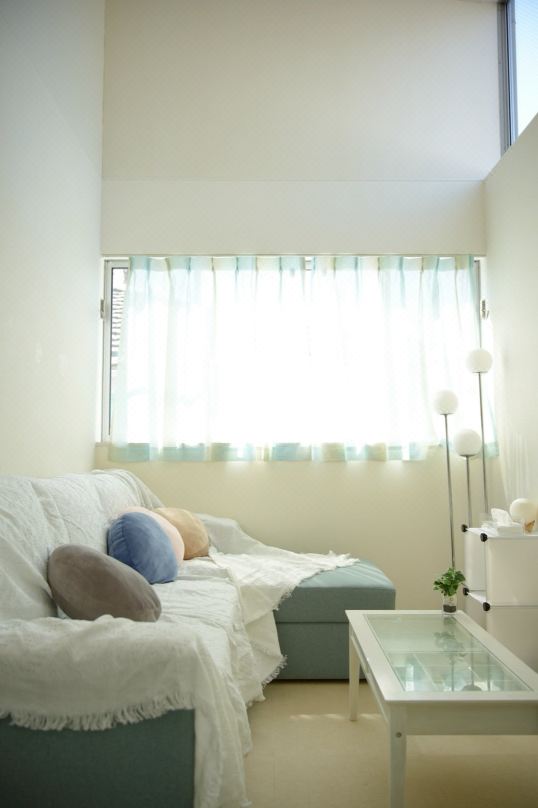
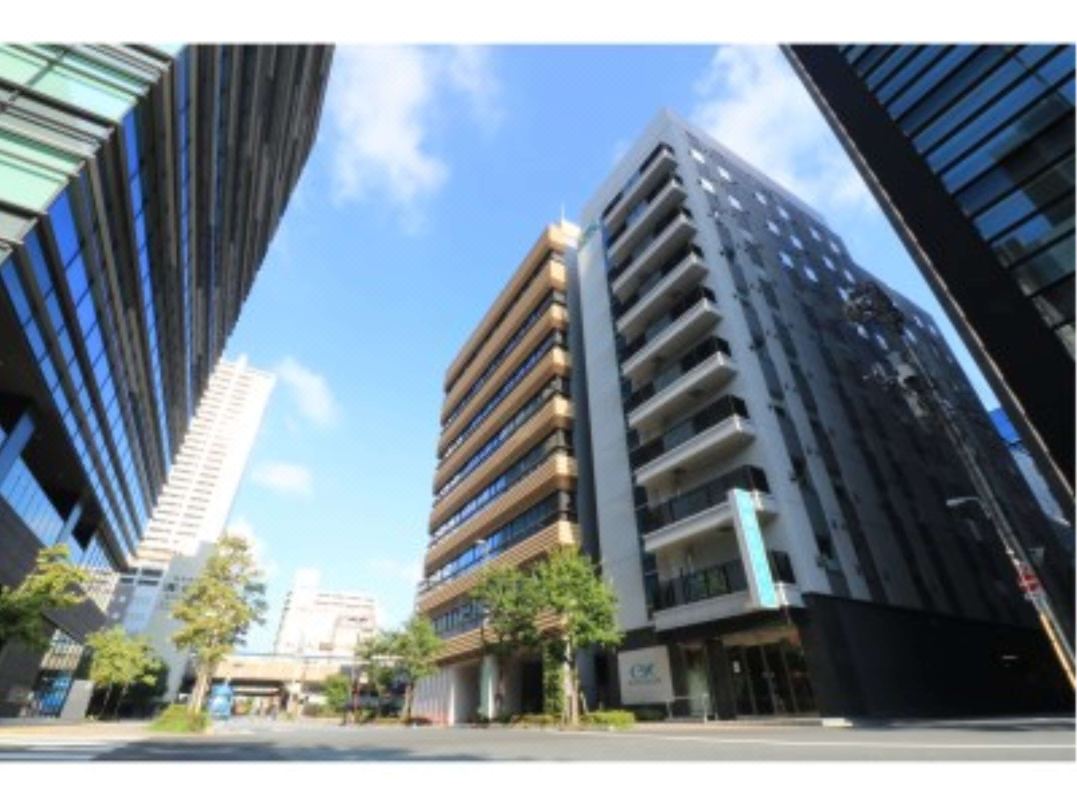










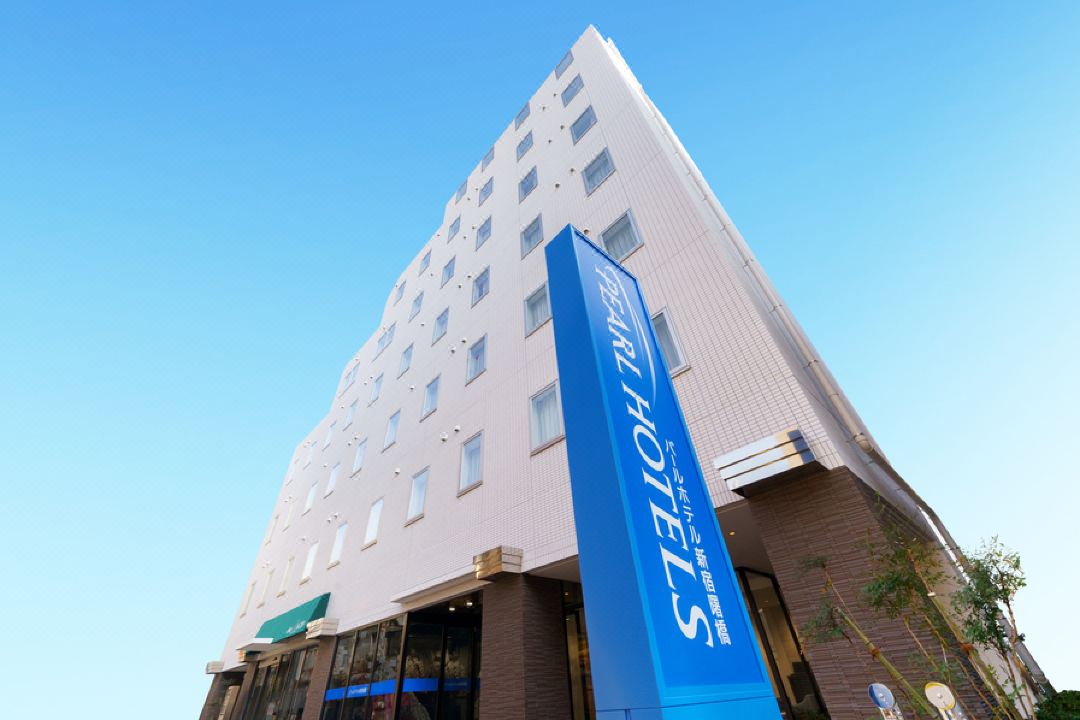

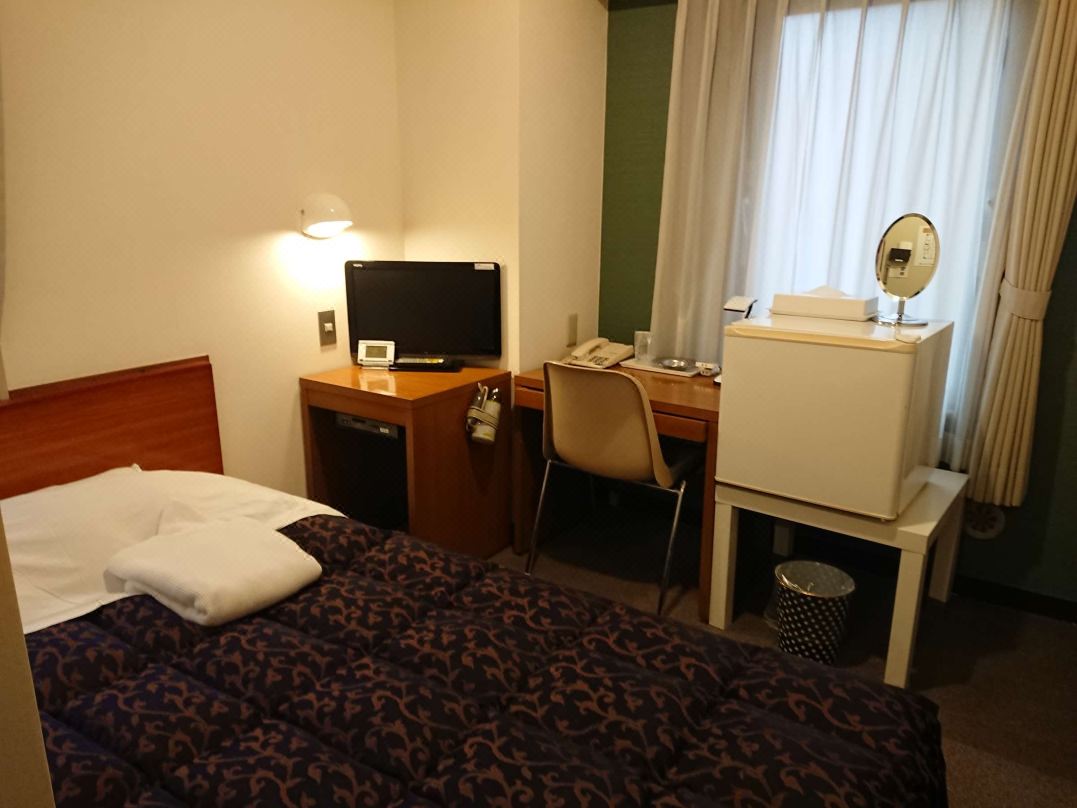







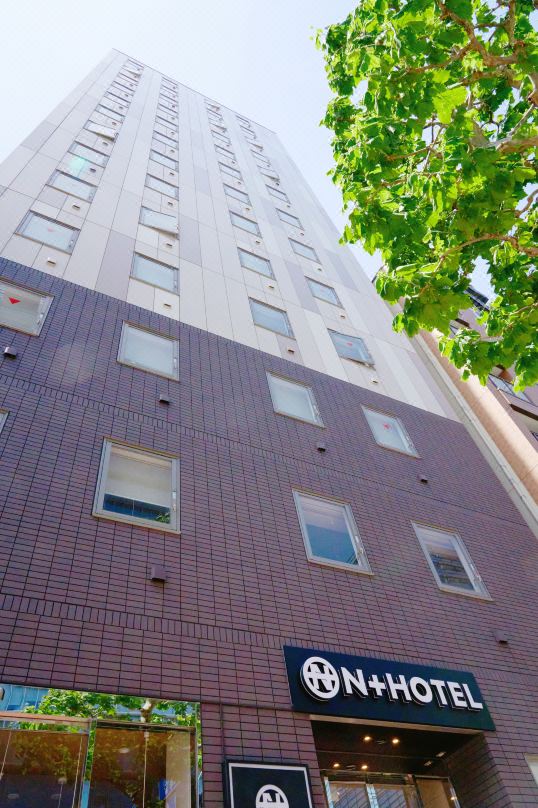



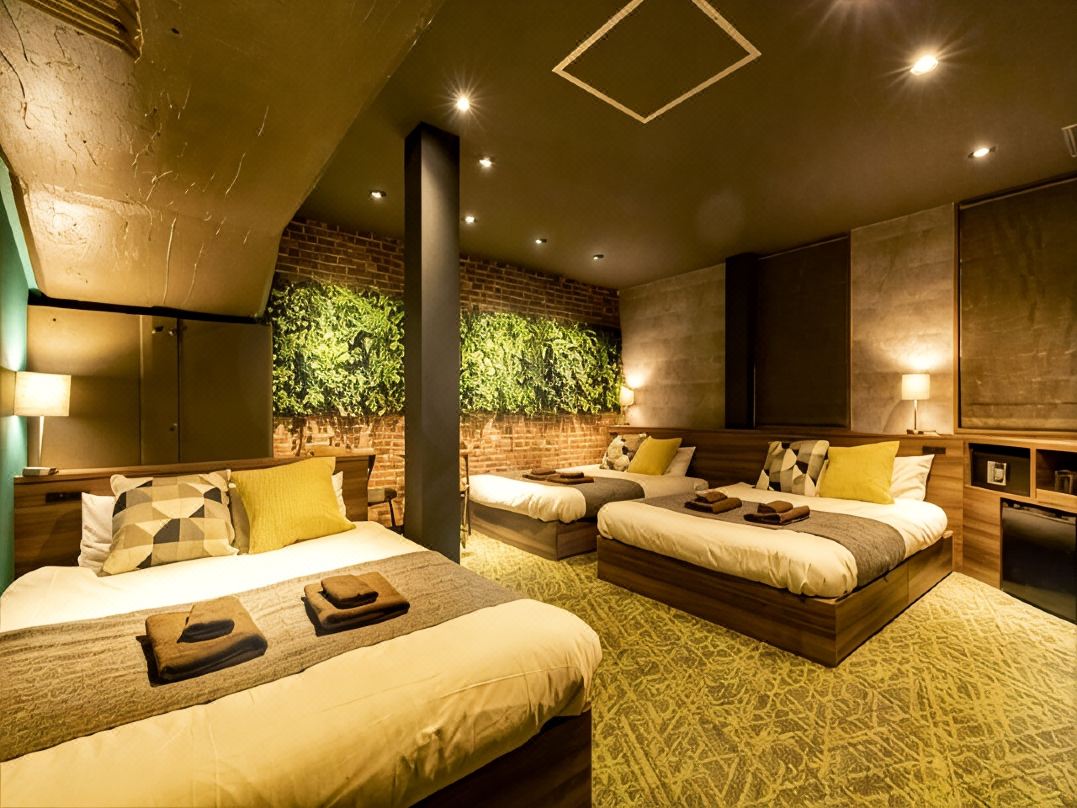
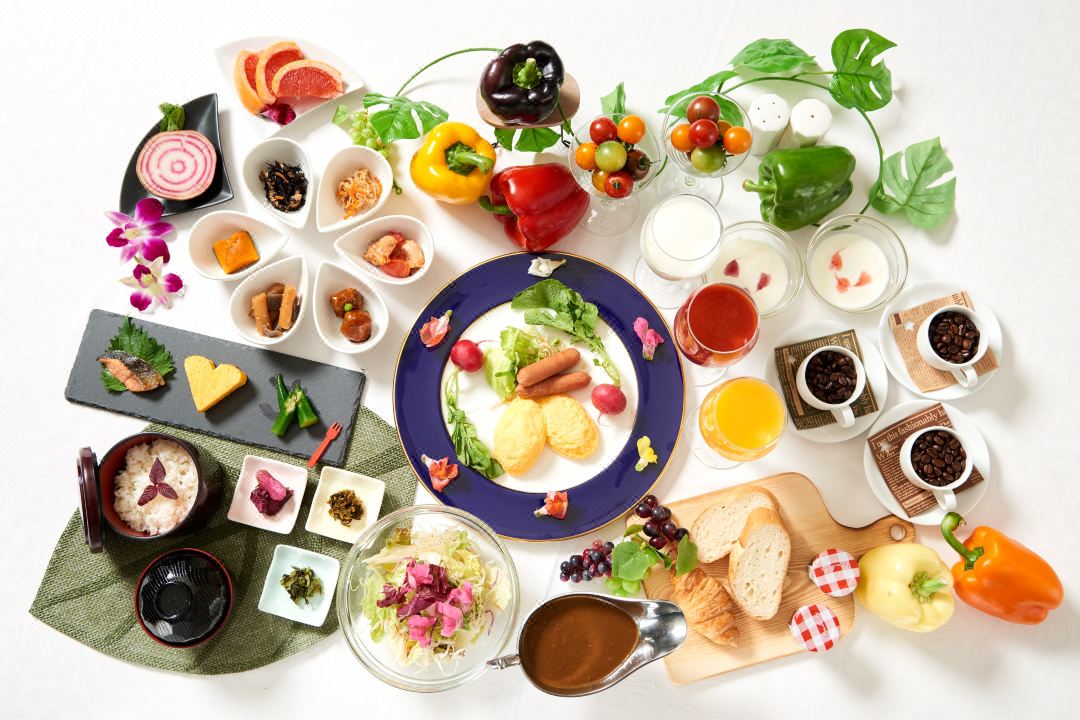




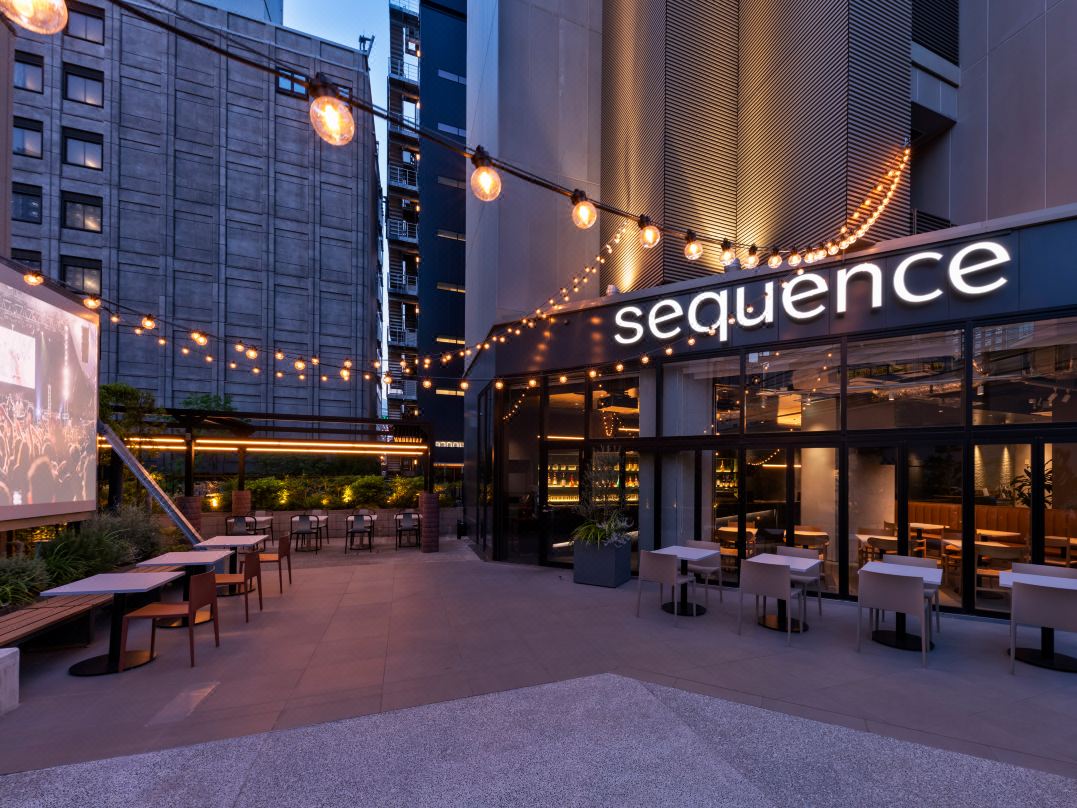
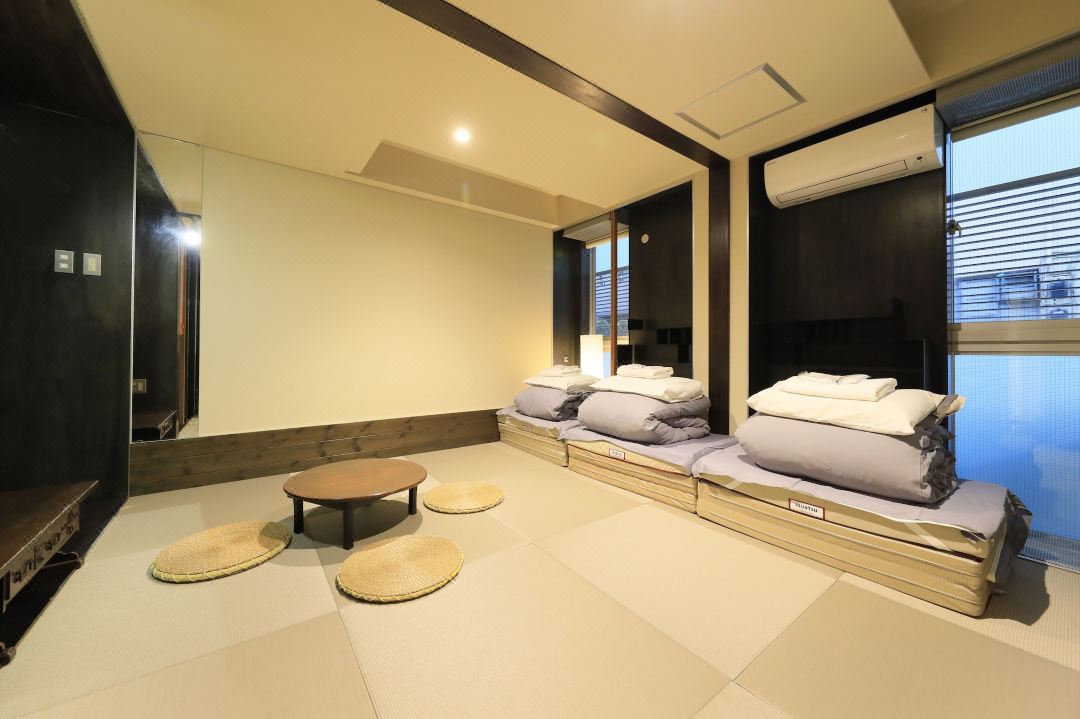


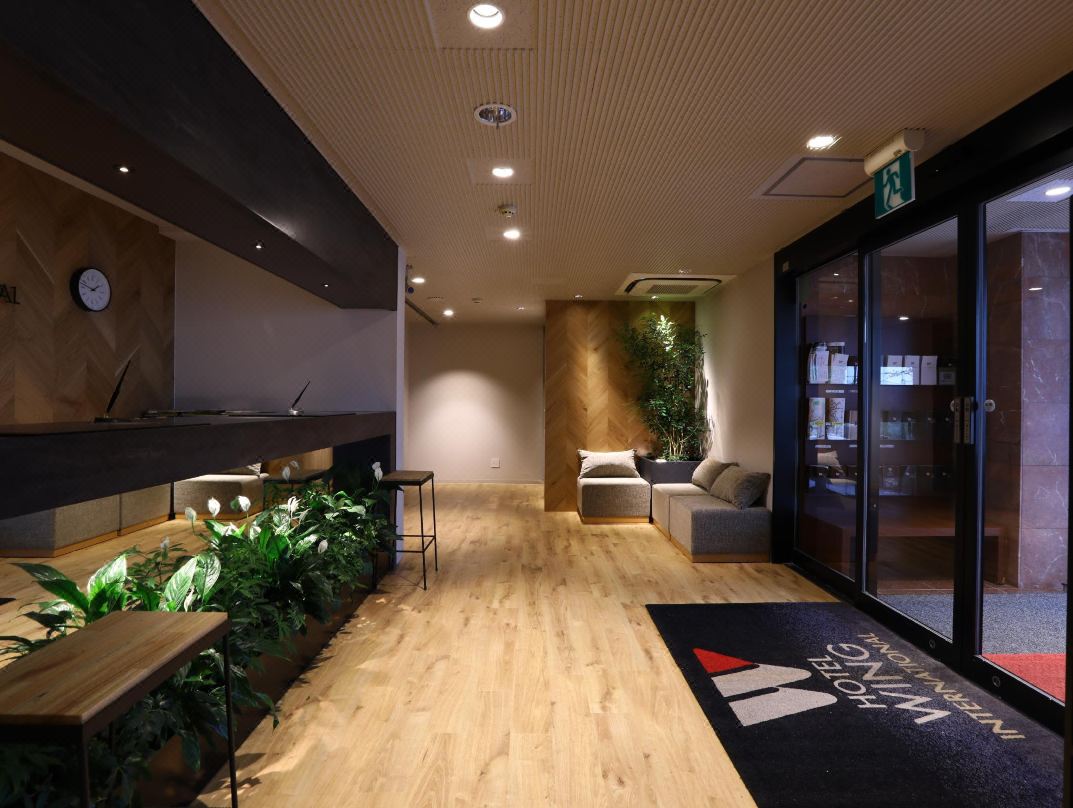

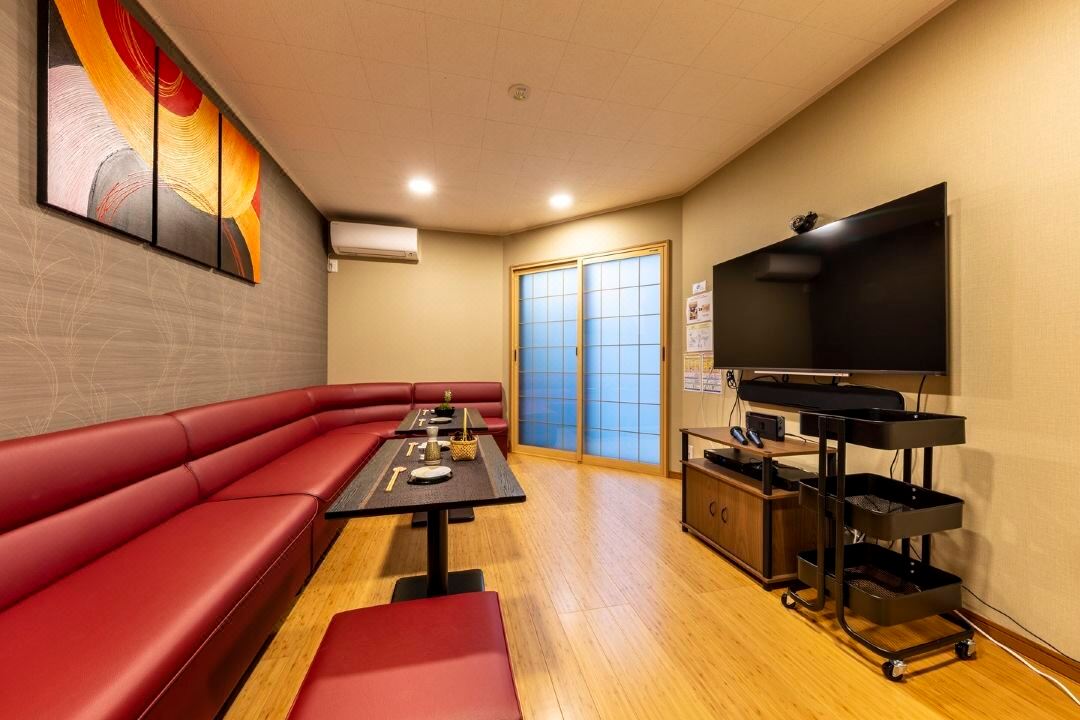


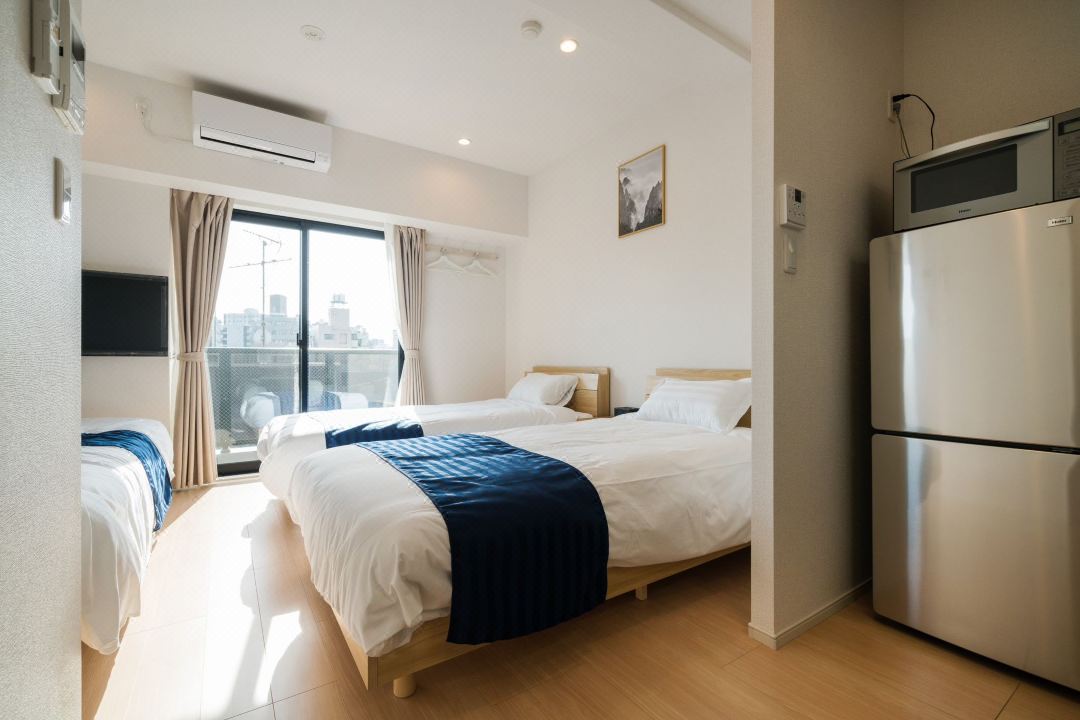
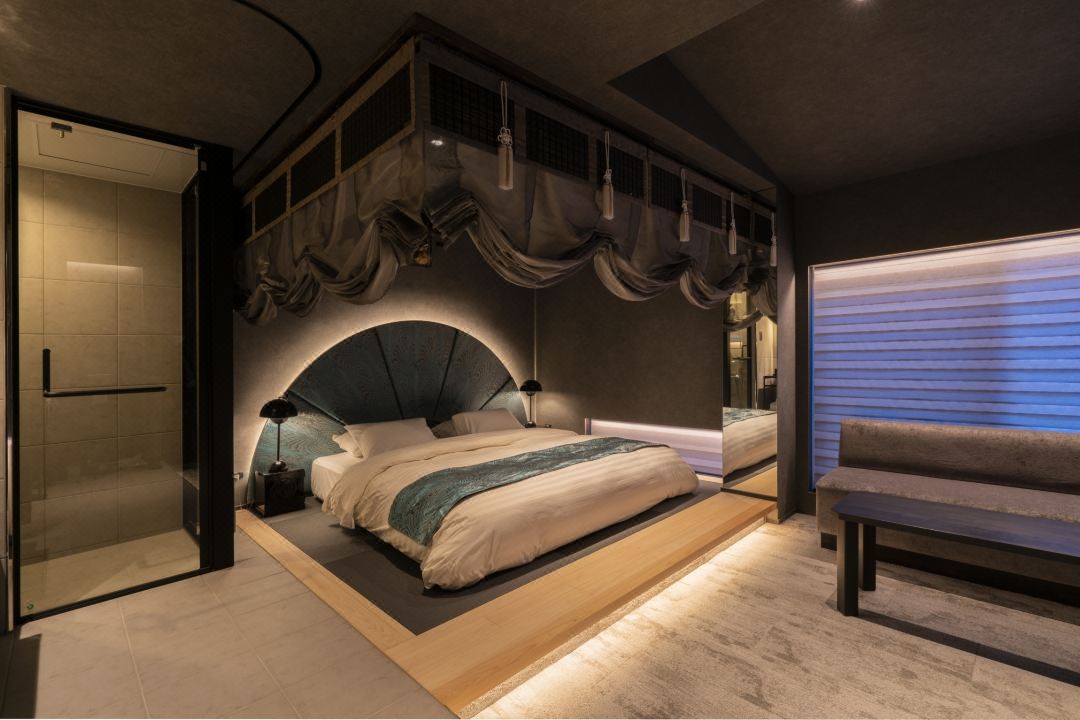


![[Closed] Edo Tokyo Museum](https://place.matcha-jp.com/resize/200x2000/2023/09/25-17-35-02-127e4b0b2f5192303ef333c3e2698067d0.webp)
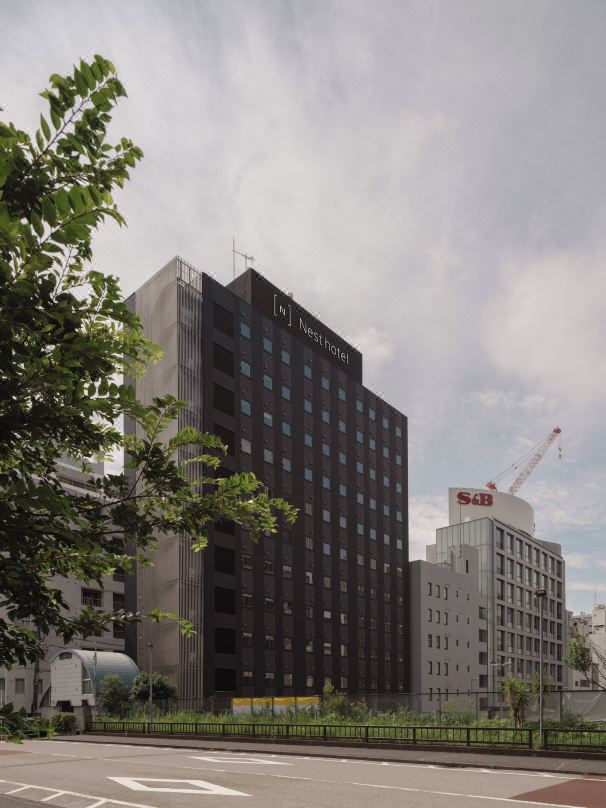
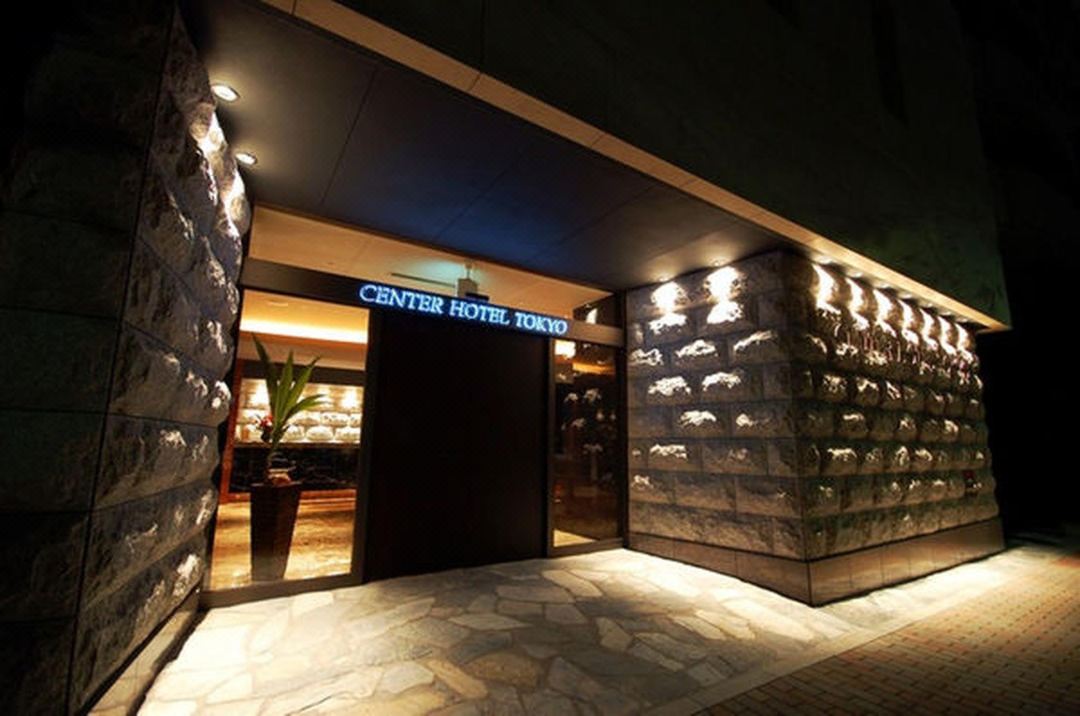
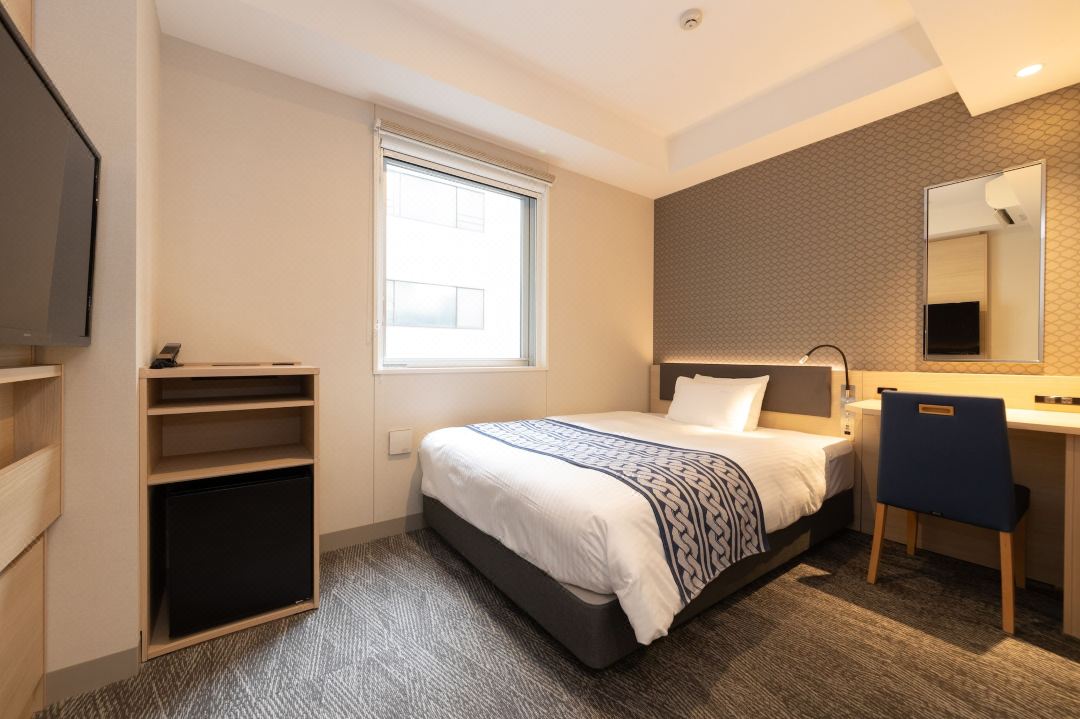

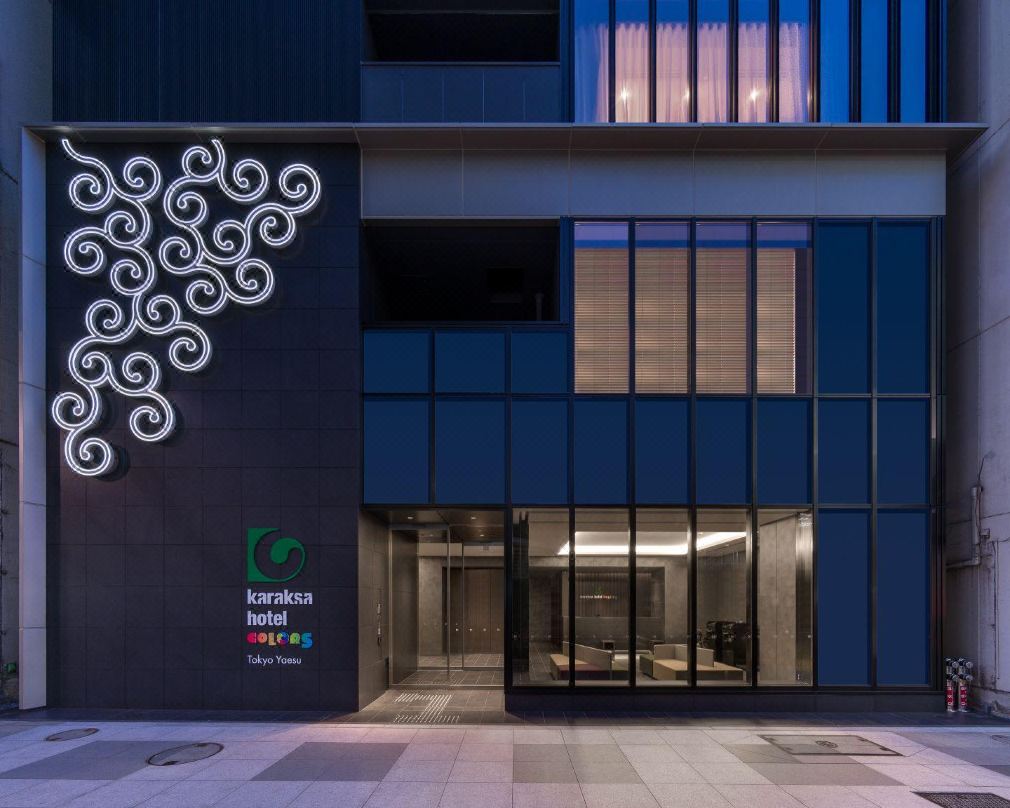
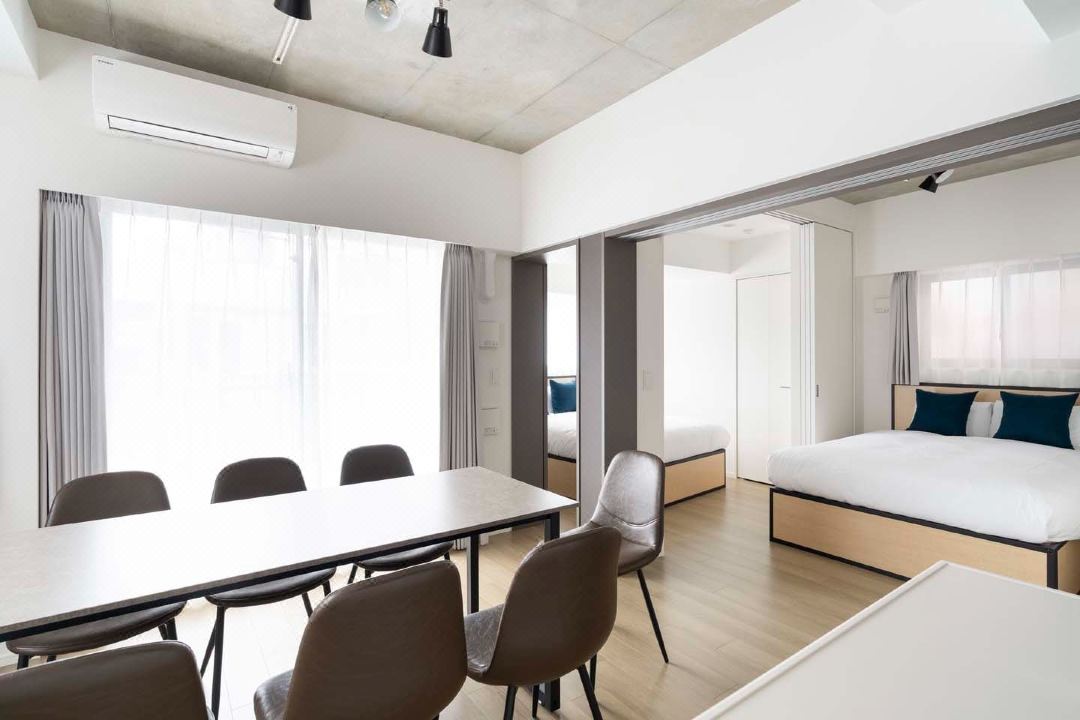



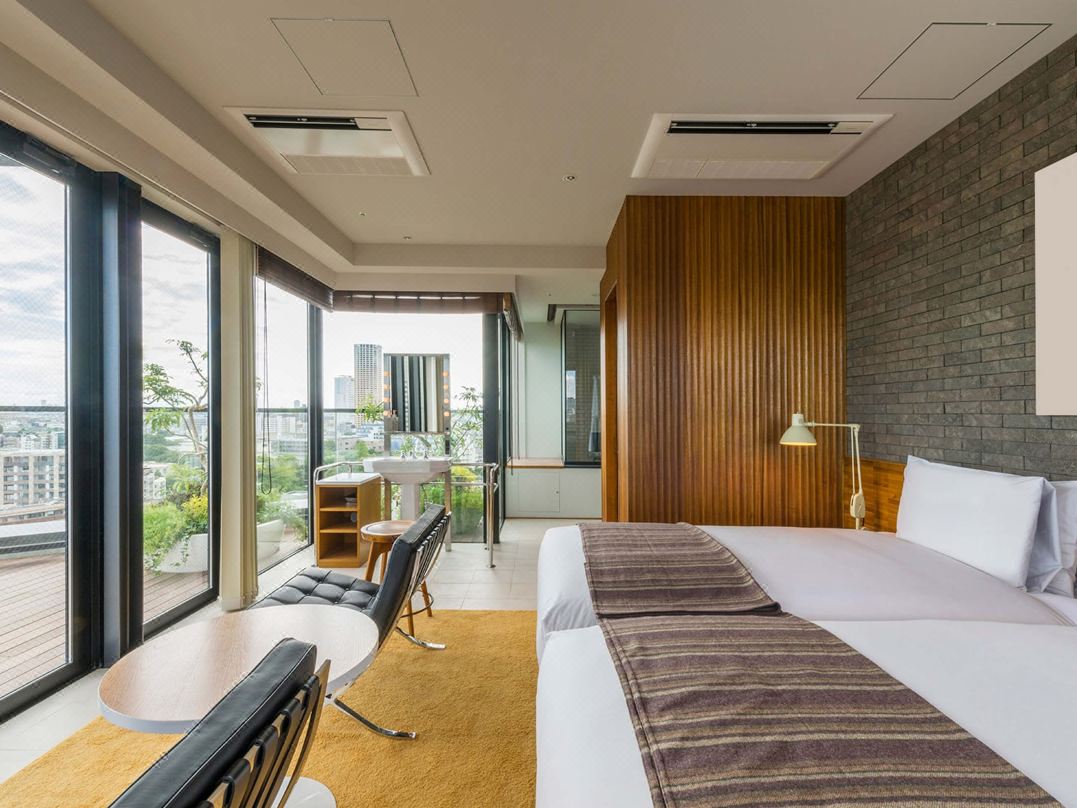
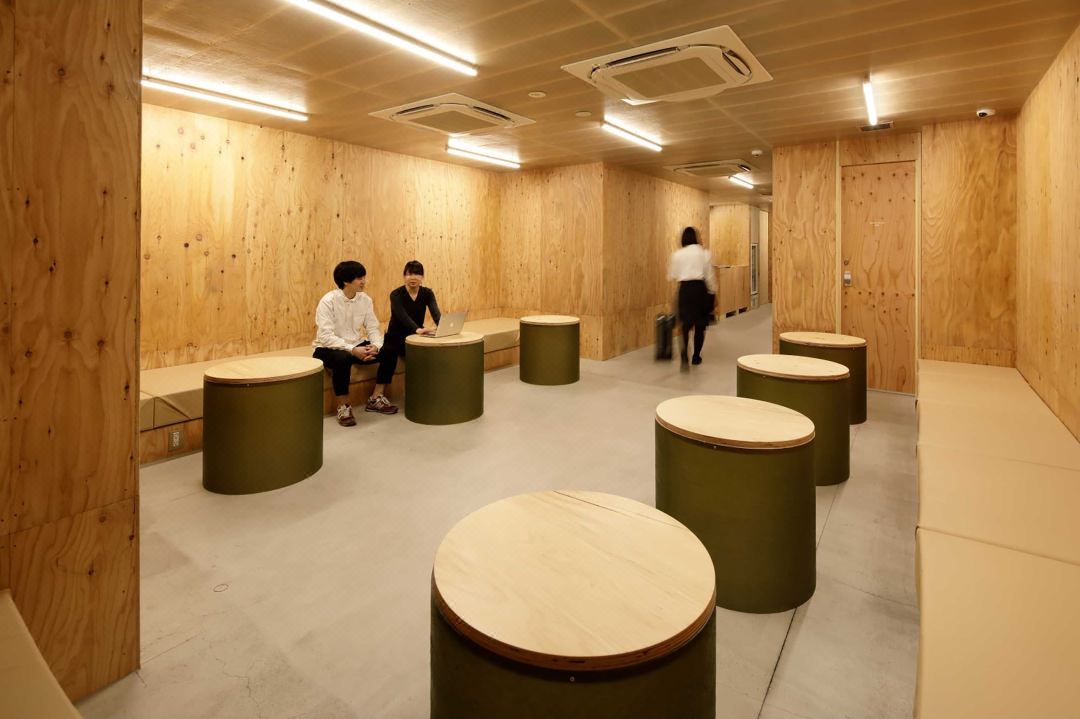
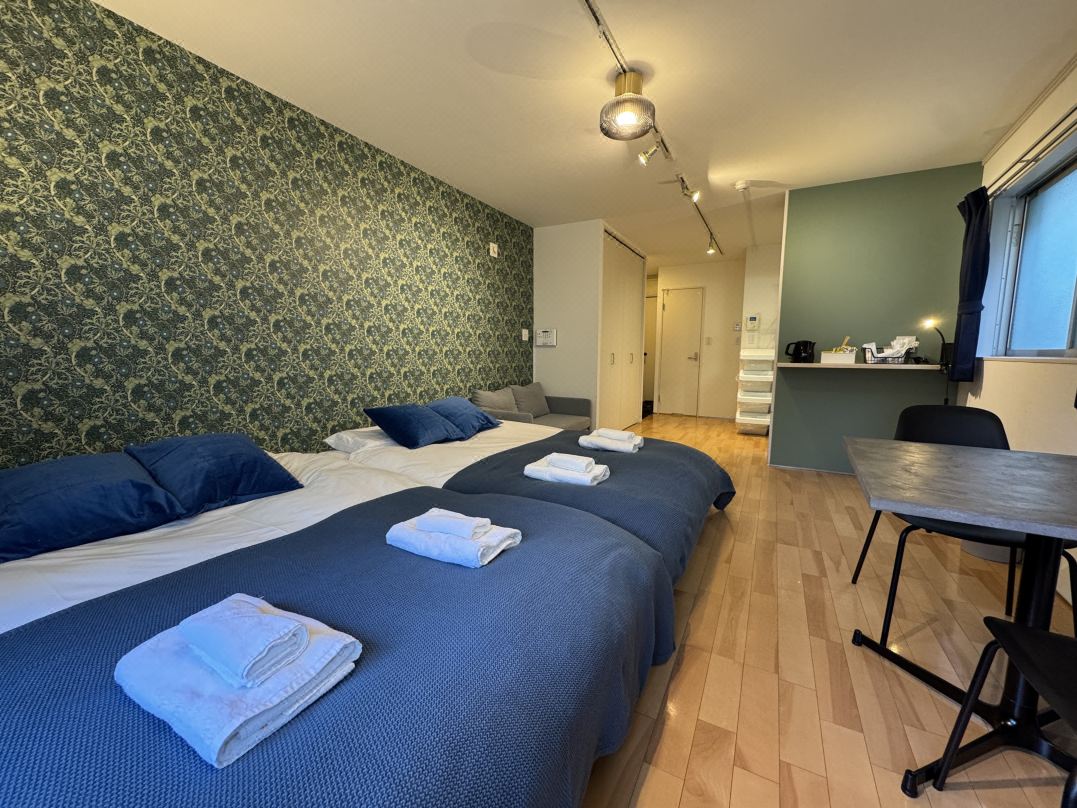



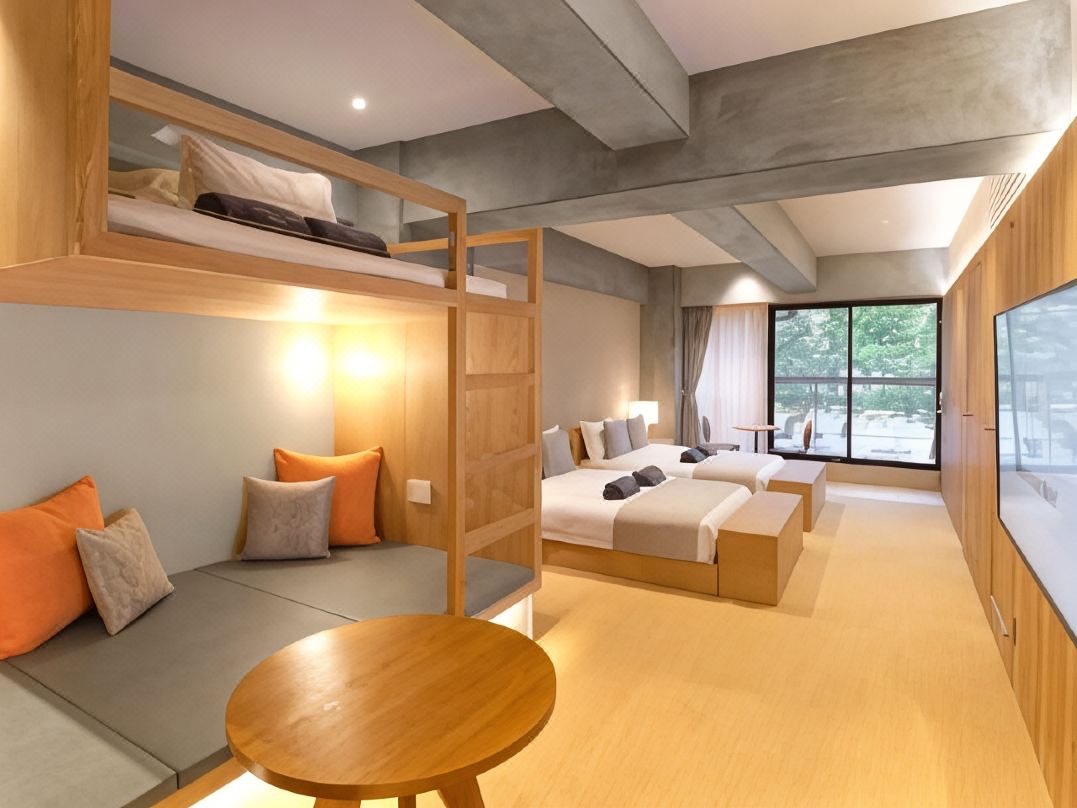
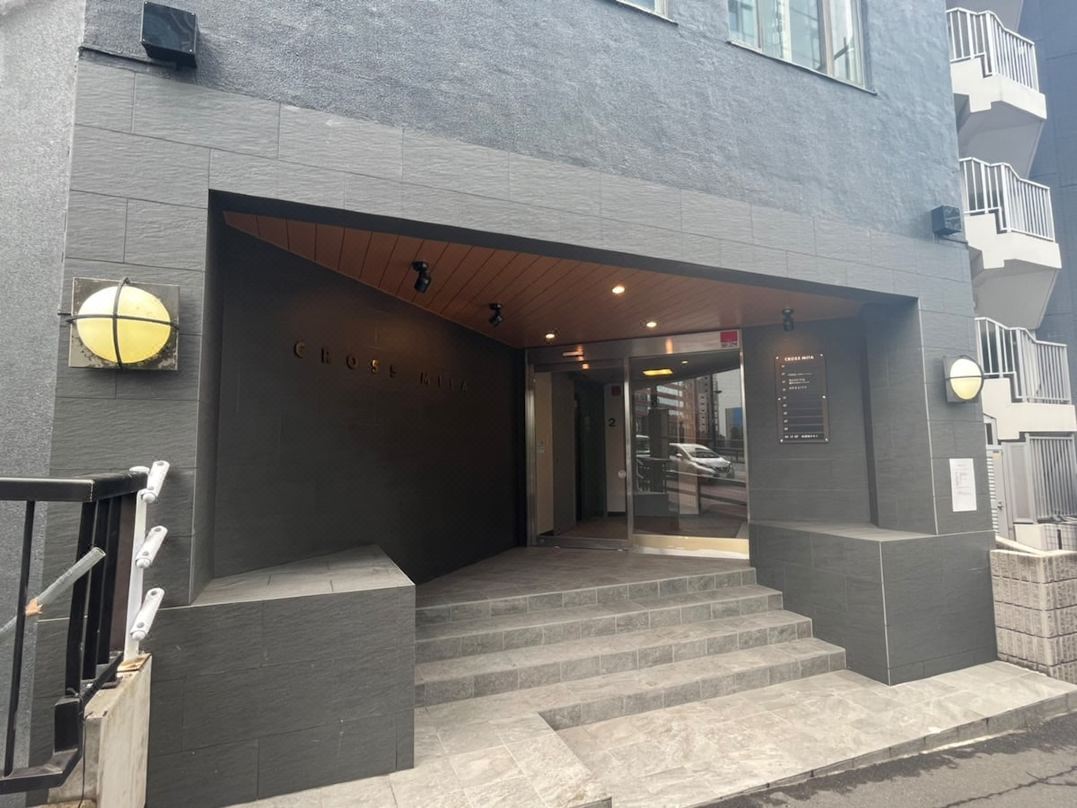
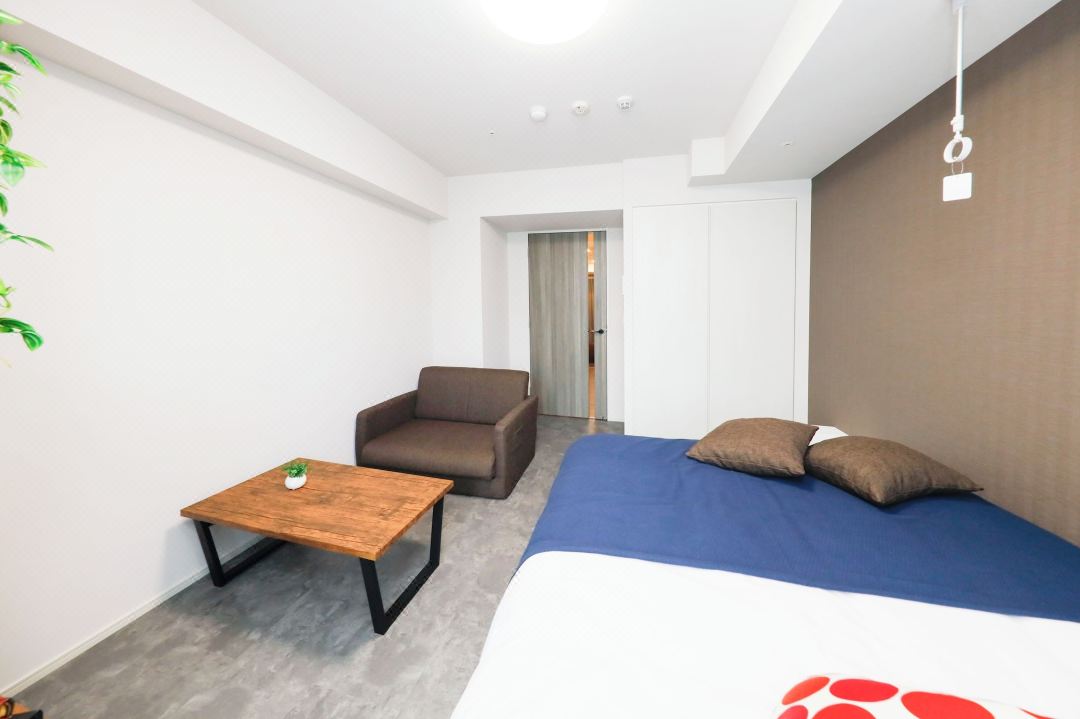


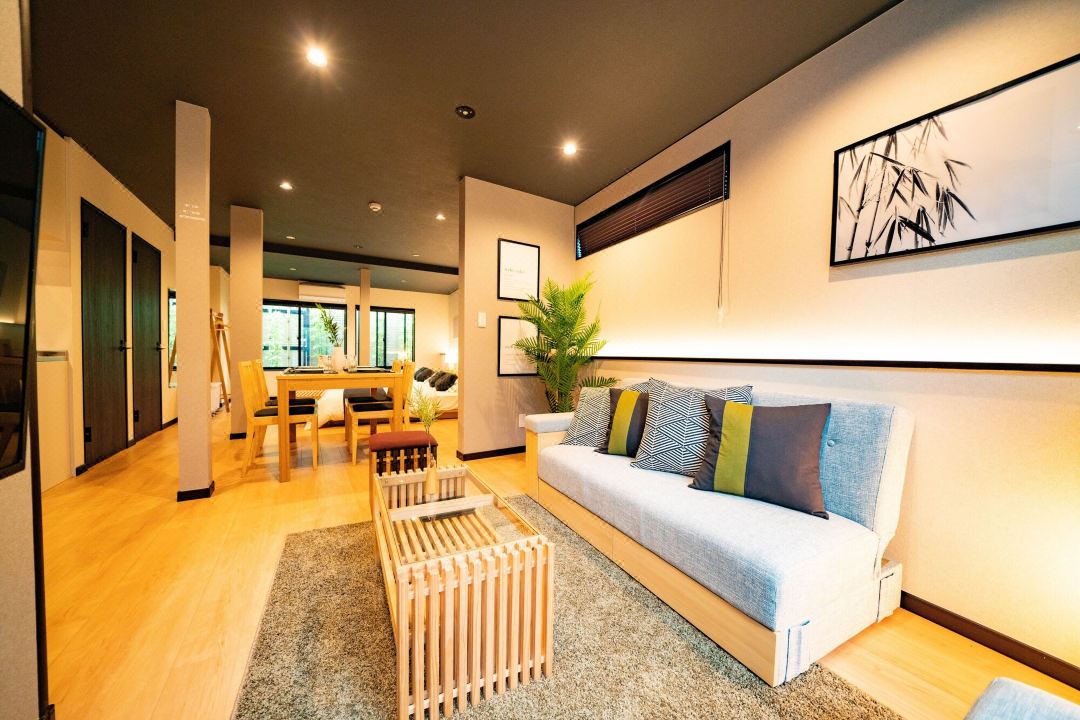
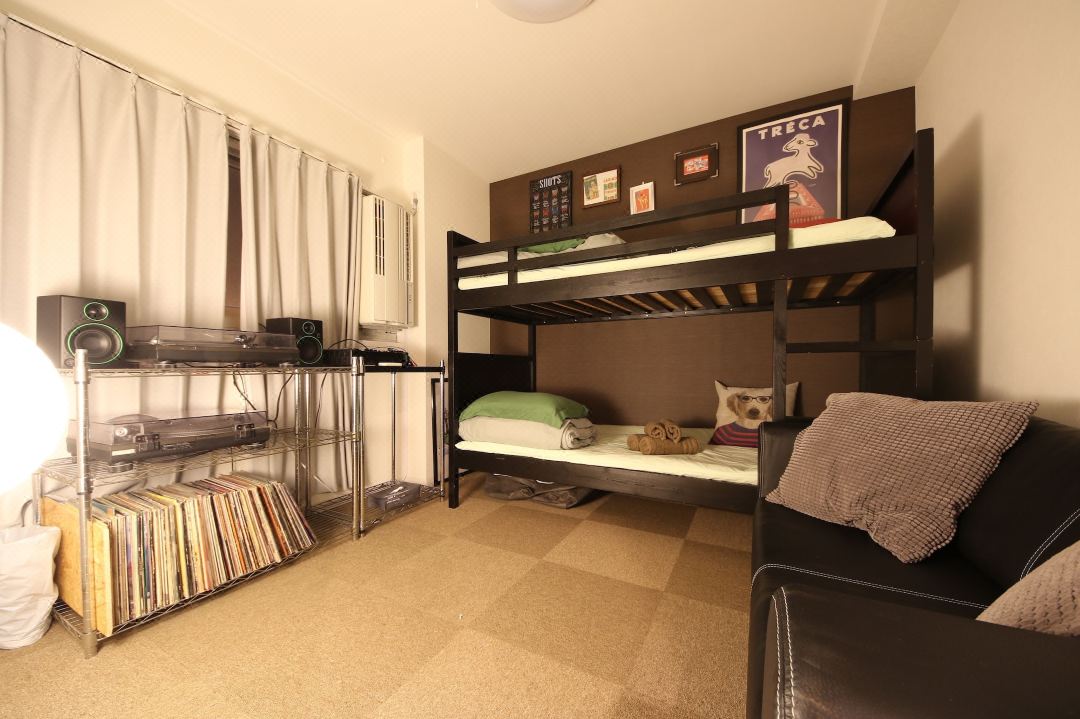

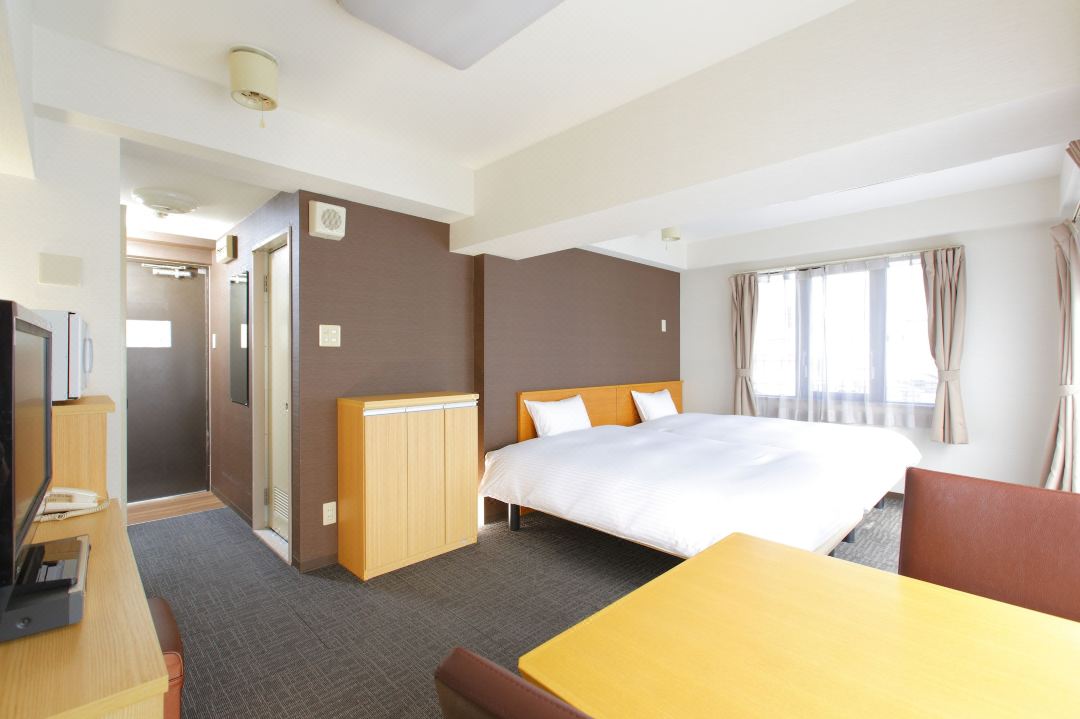

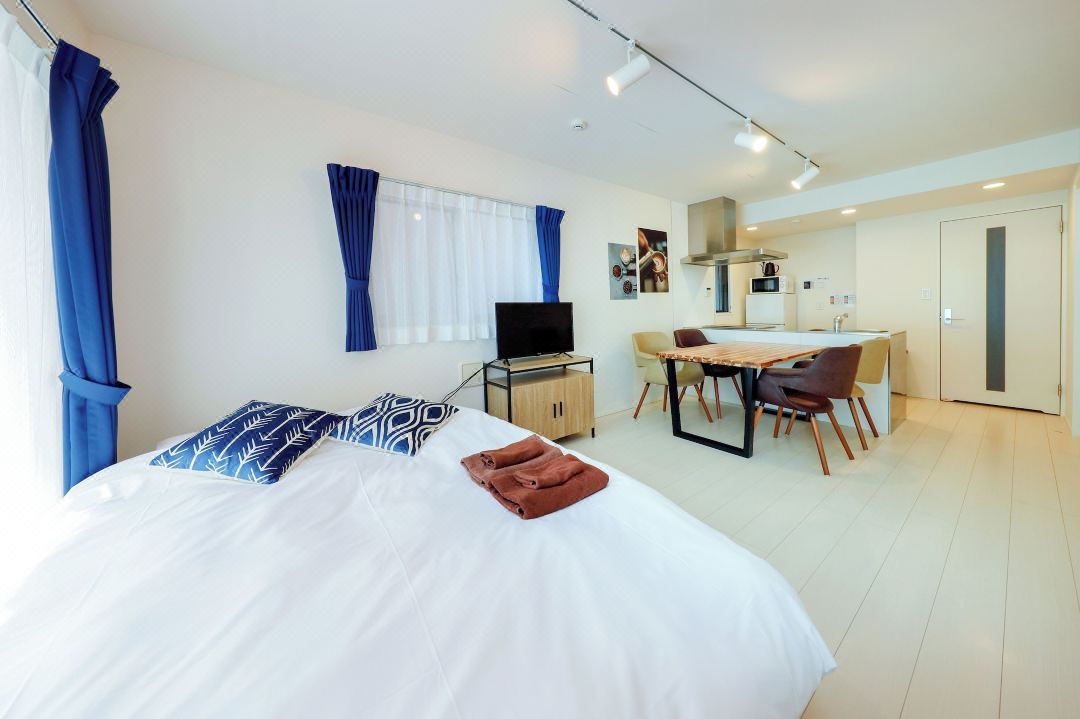


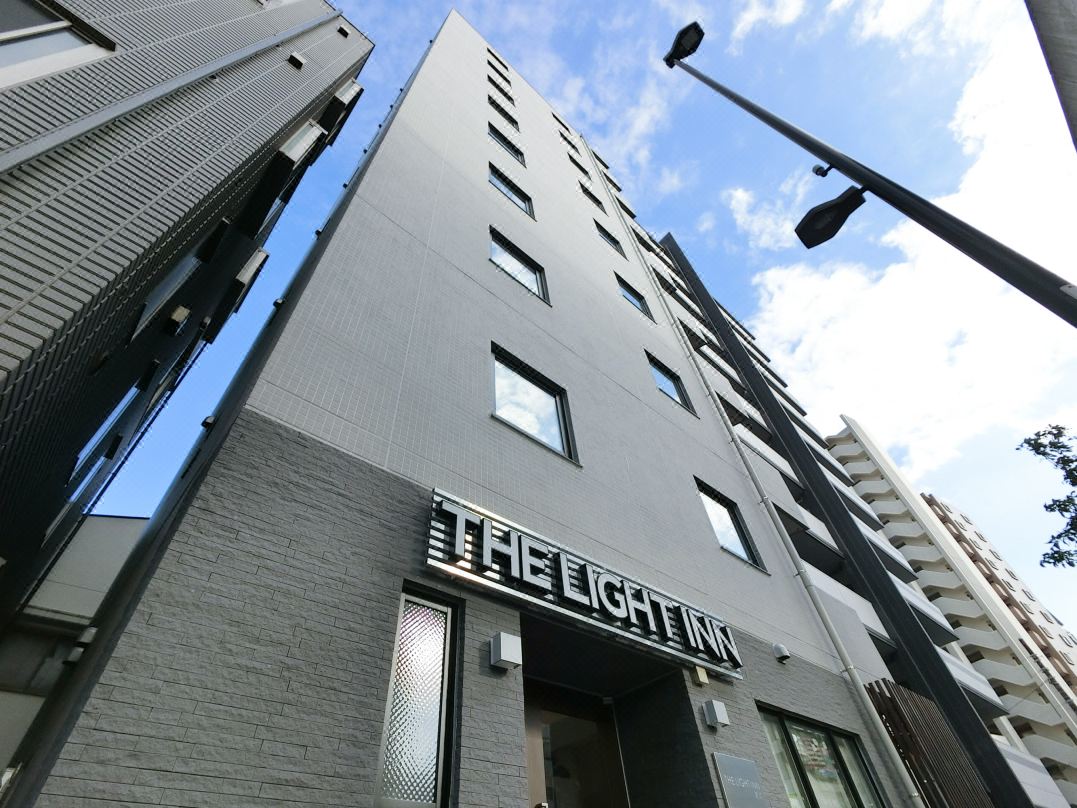
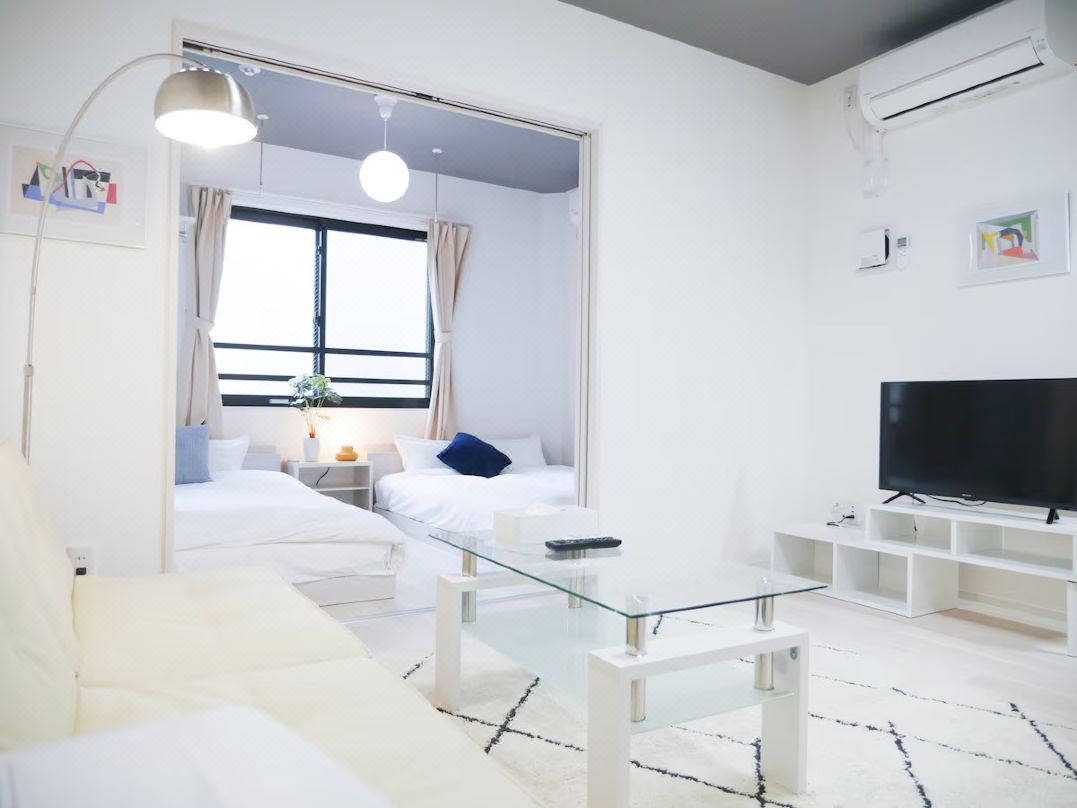
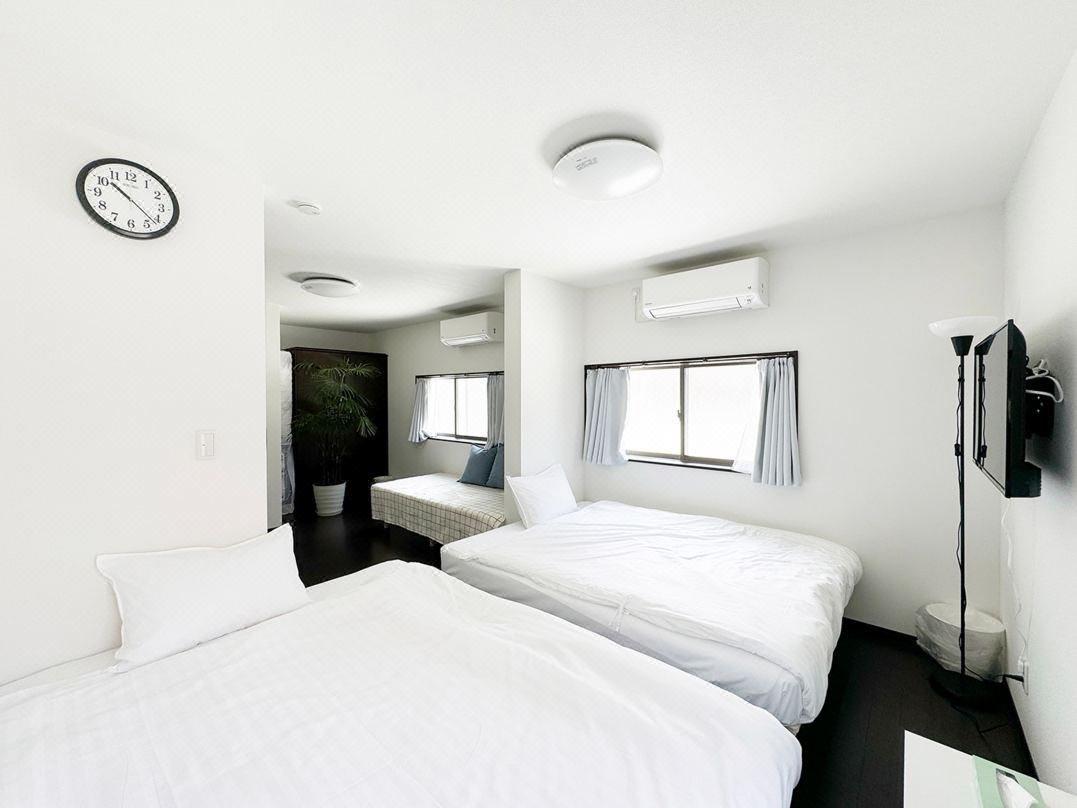



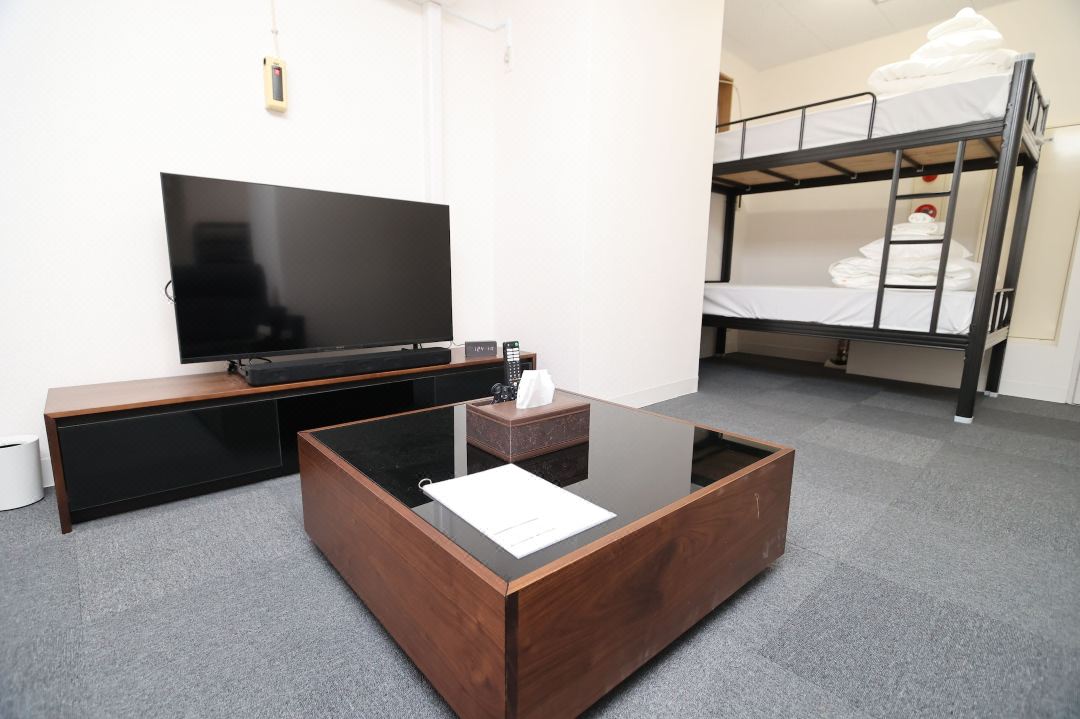
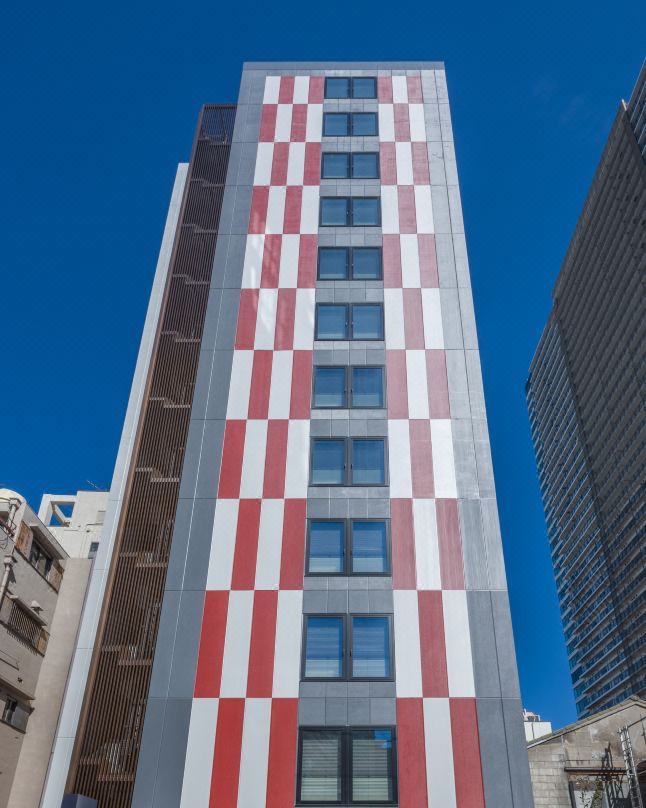


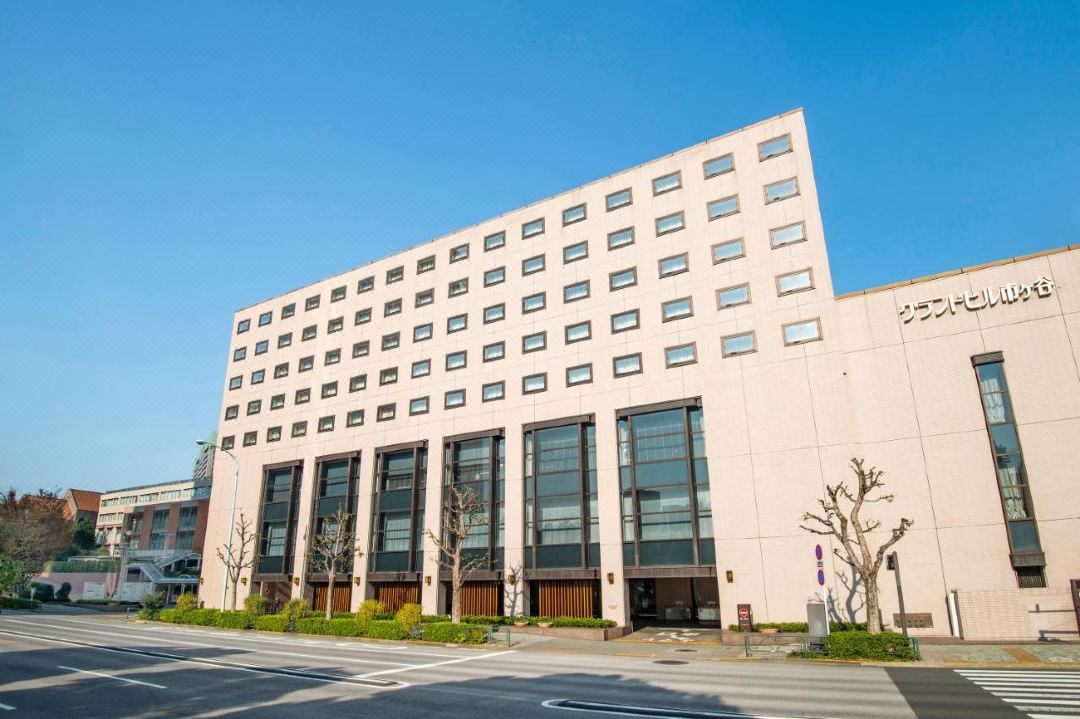
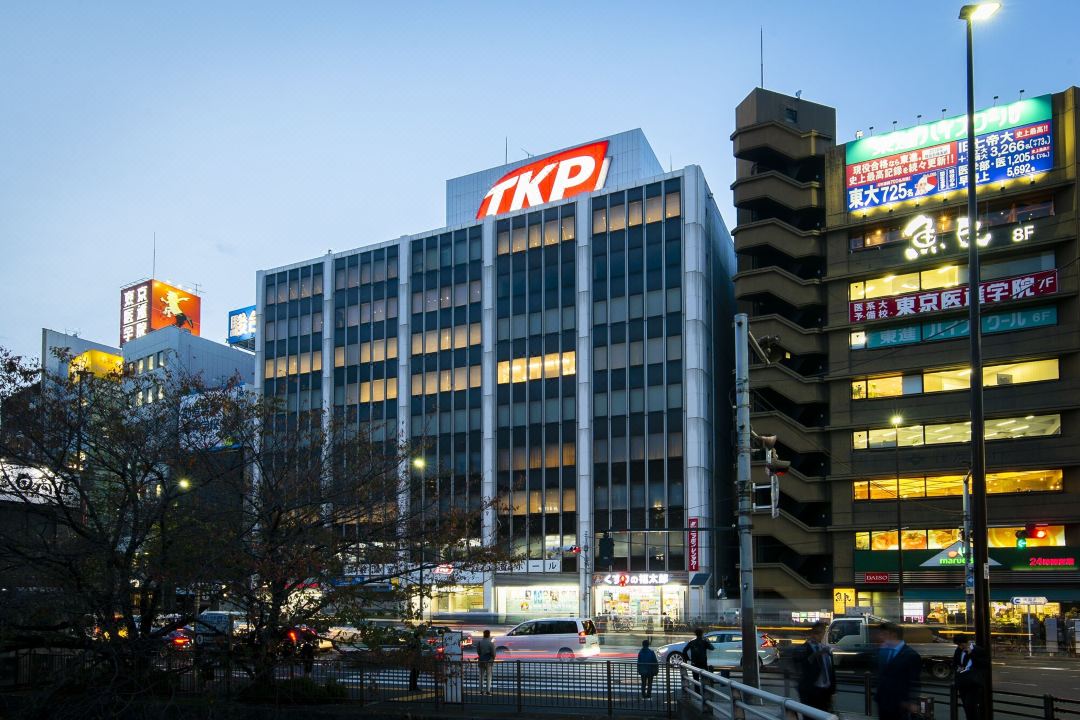





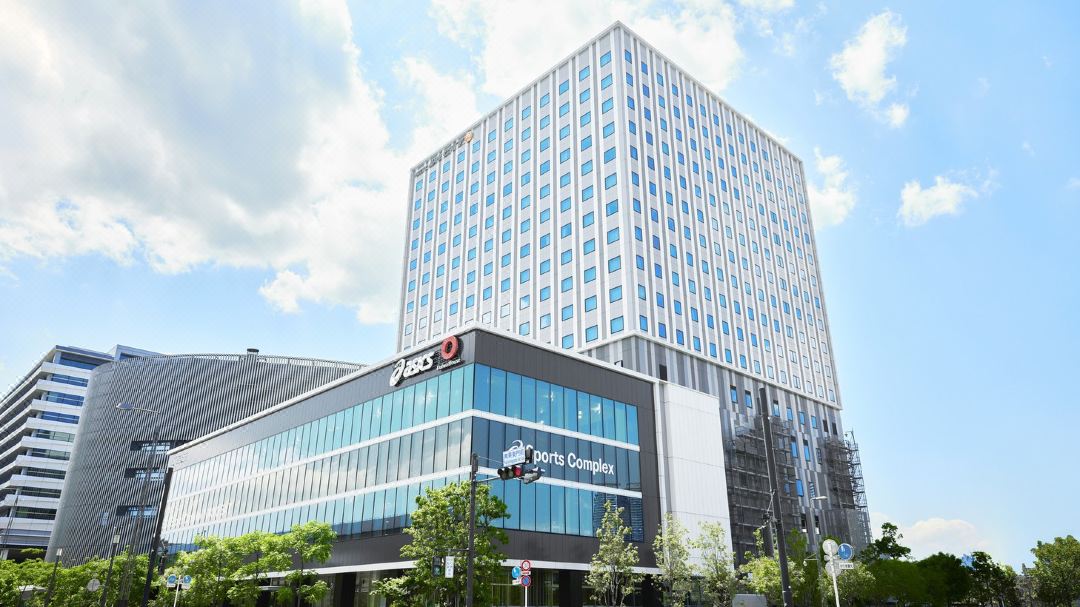
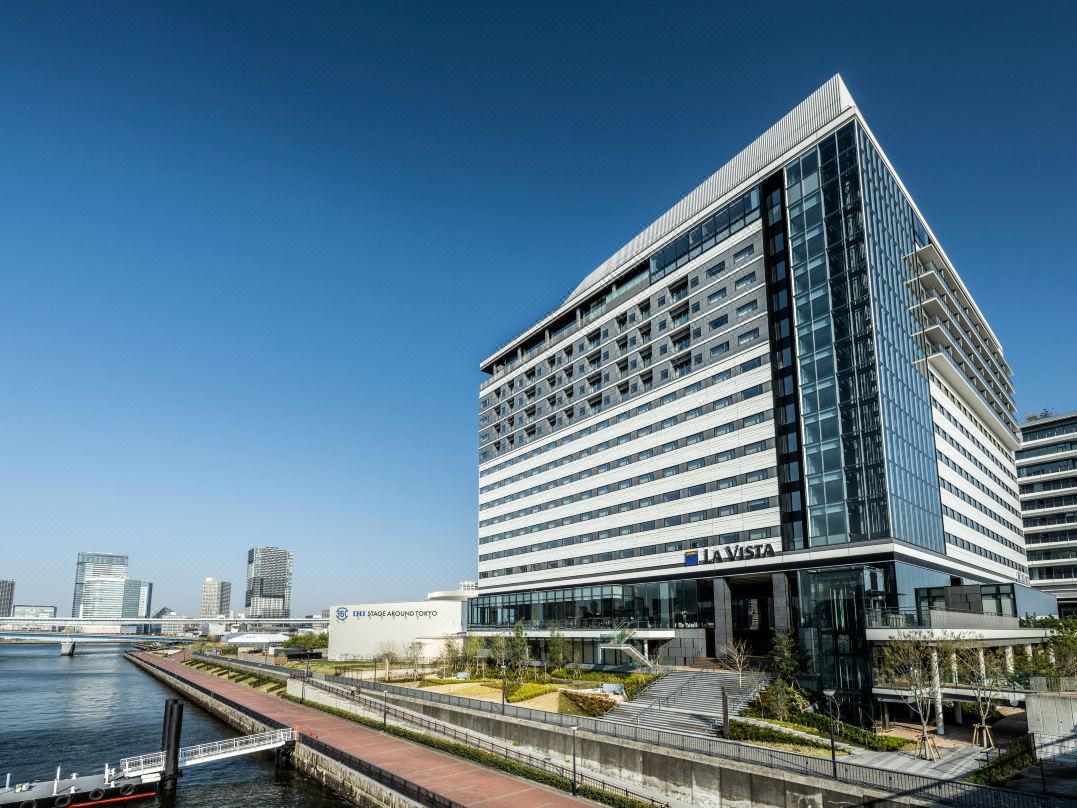







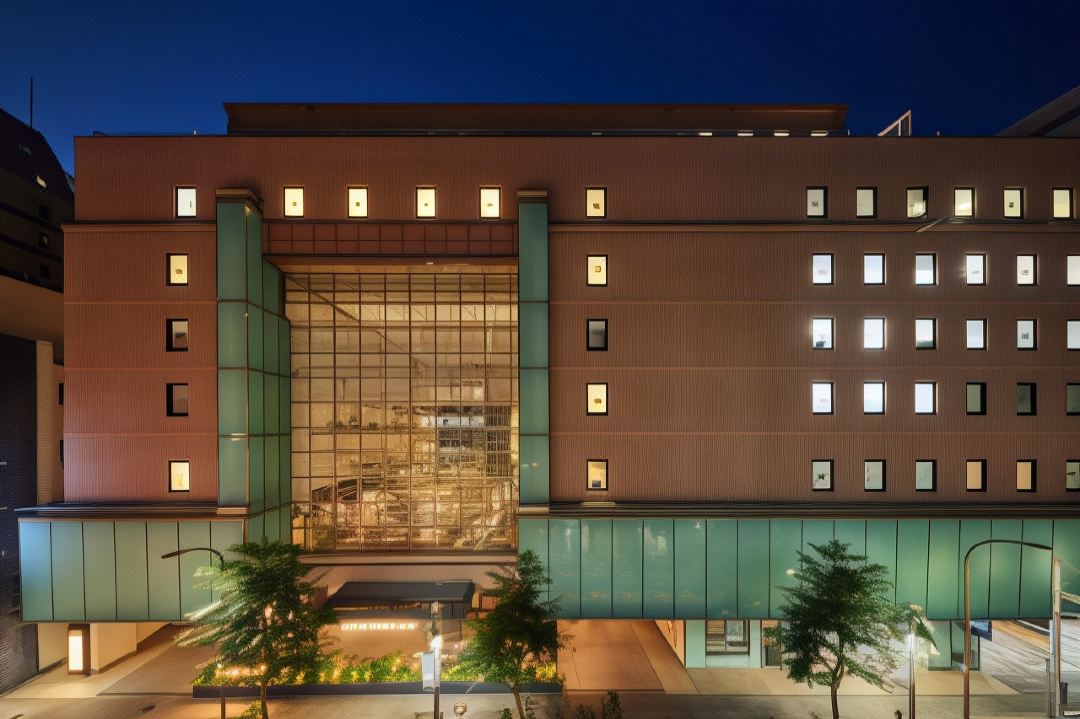
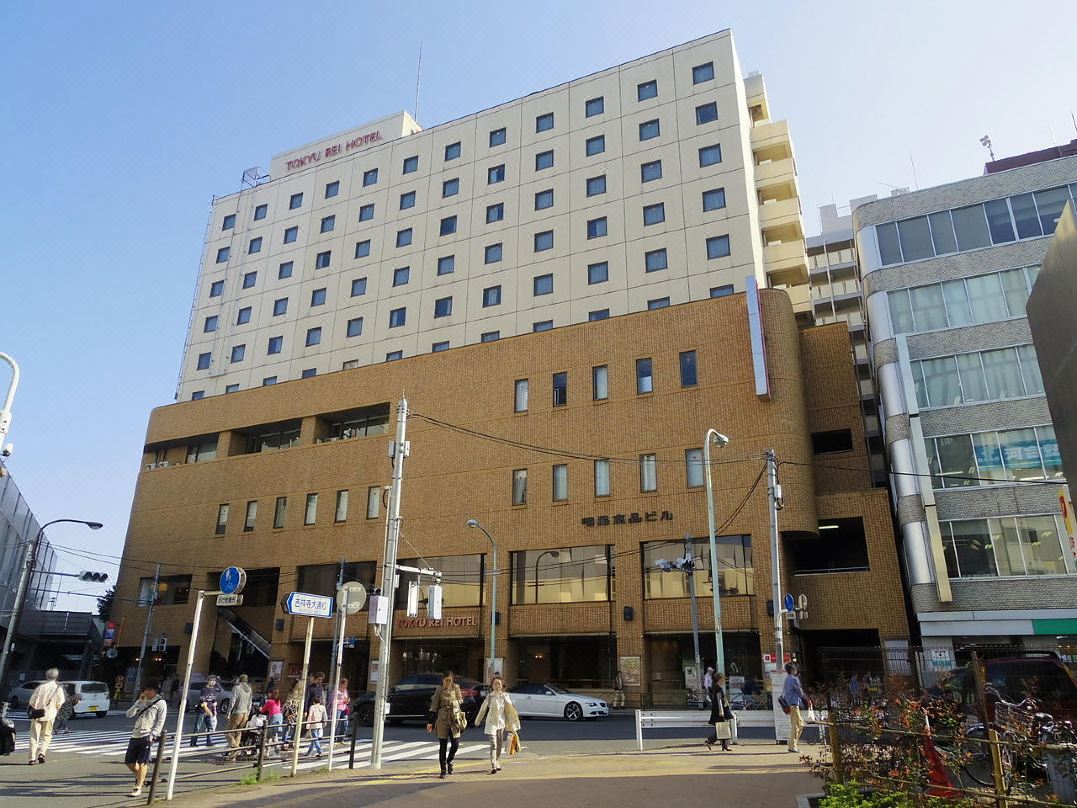






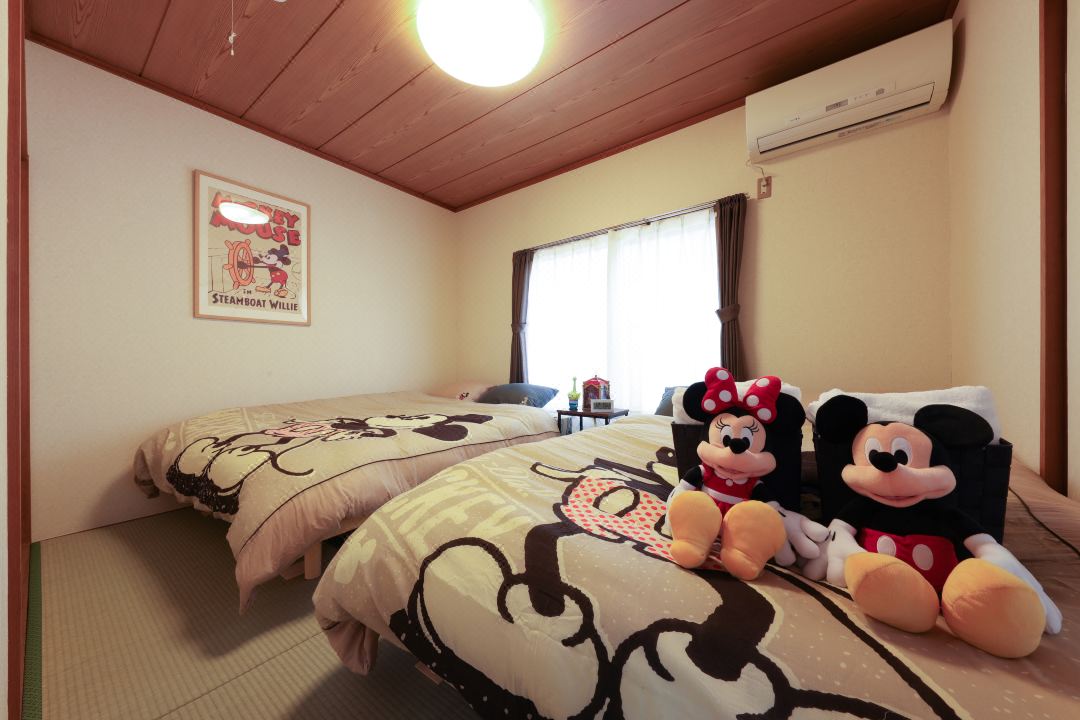
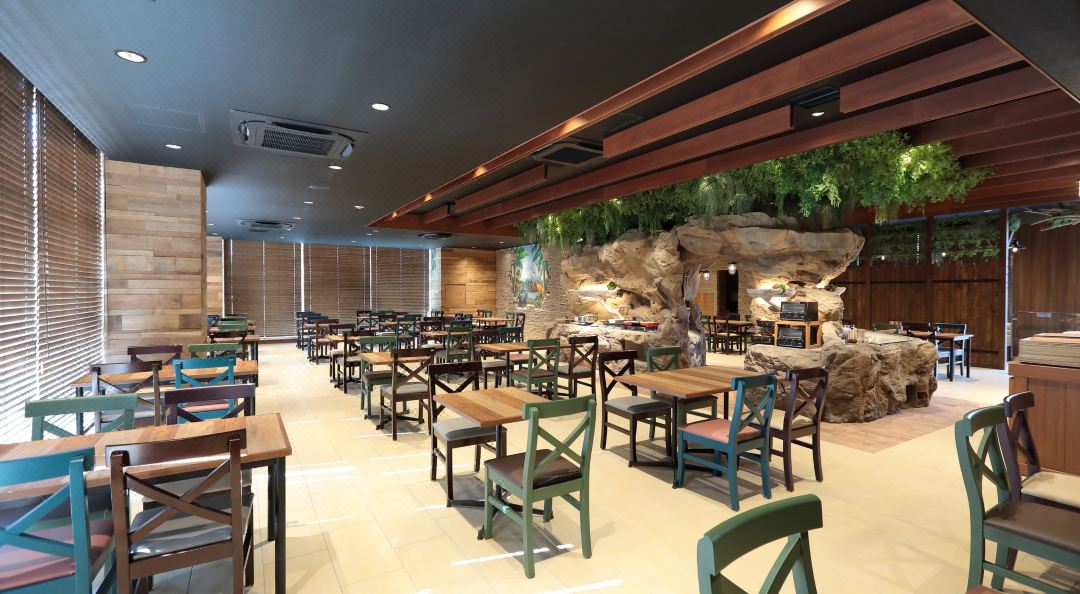























































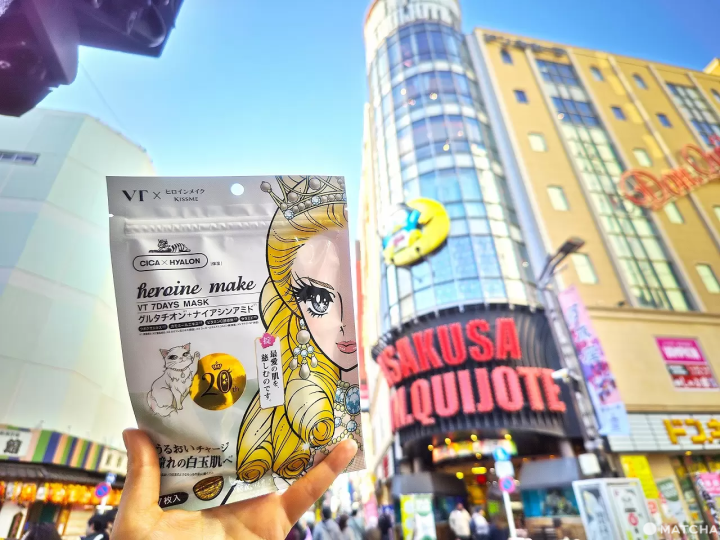
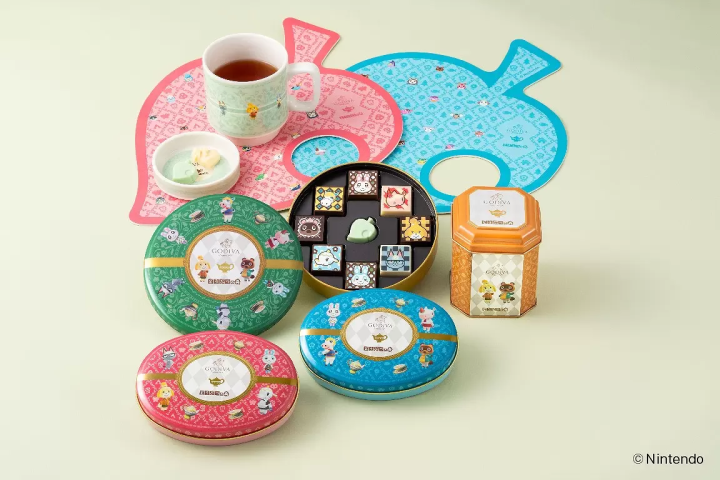
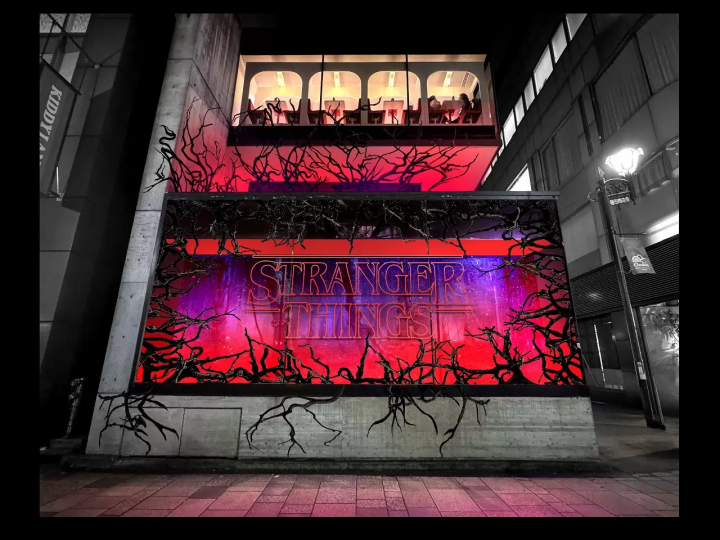
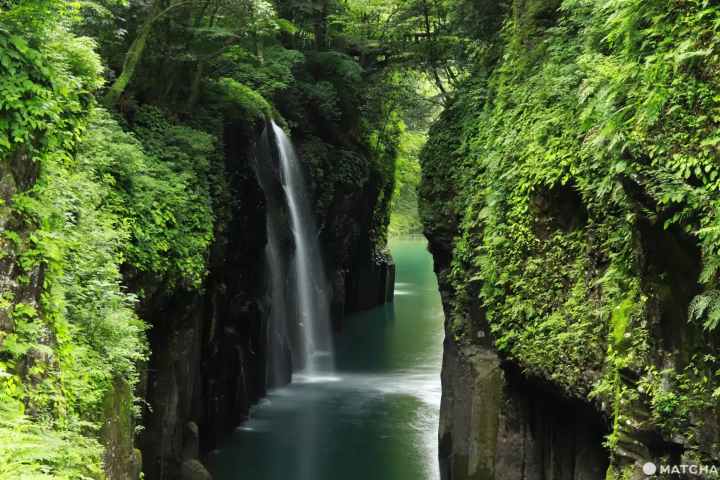





![[JR KYUSHU HOTEL Blossom Oita] A hotel directly connected to Oita Station - A comprehensive guide to access!](https://resources.matcha-jp.com/resize/720x2000/2025/10/23-247814.webp)
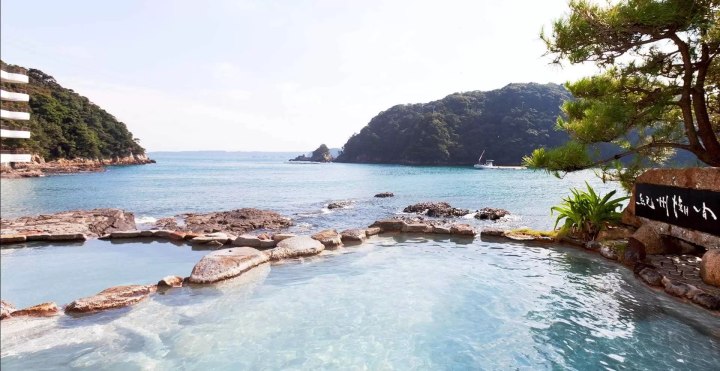
![Deep dive into Japanese brands! A tour of famous leather shoe stores with GENSEI & Nin [Harta Edition]](https://resources.matcha-jp.com/resize/720x2000/2025/12/18-253277.webp)
